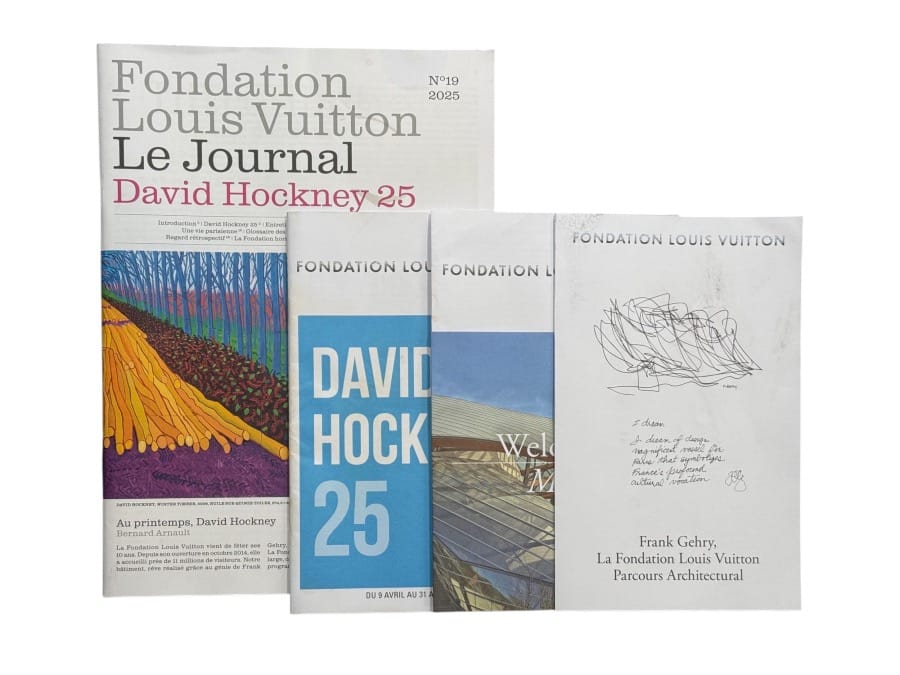
Membership Offer
I'm giving to the next person to sign up for membership a Hockney/Gehry goody bag.
Click here for more information⚡️ View the latest digest and the full archive here.
📐 My Goals ℹ️ Donations Page & Status 📸 MPP Status 🛍️Shop
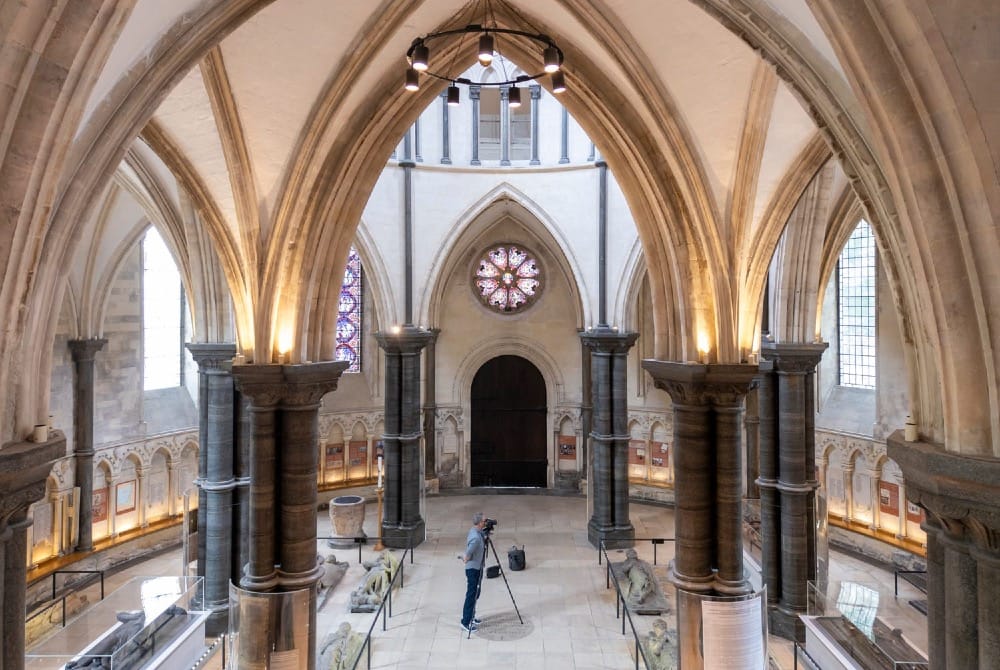
Welcome!
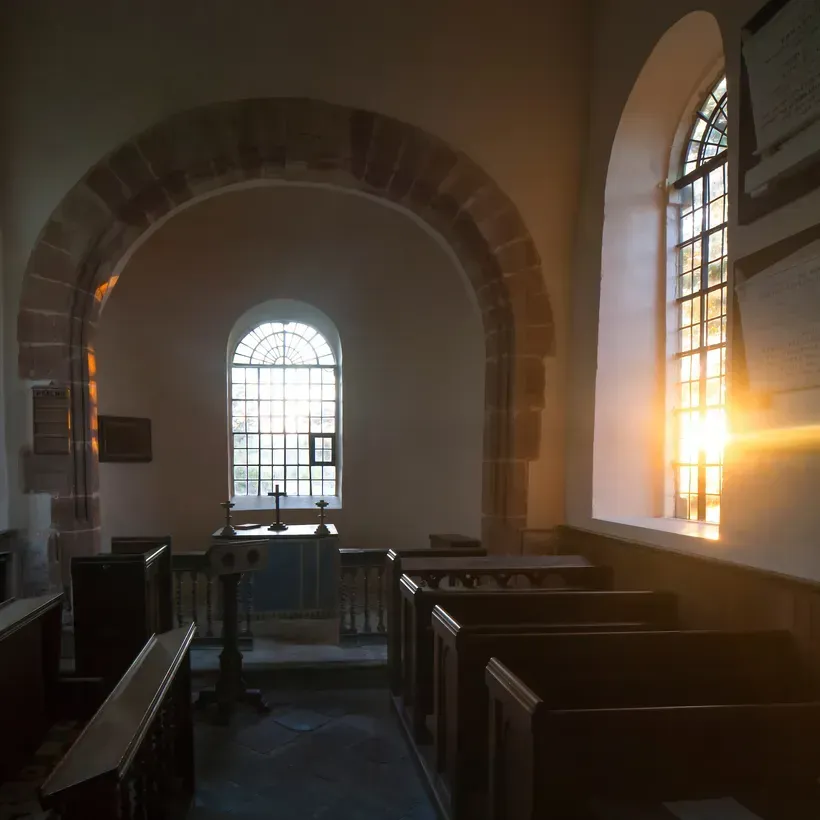
All Saint's, Billesley, Warwickshire - reputedly where William Shakespeare married Anne Hathaway.
"All the world’s a stage,
And all the men and women merely players;
They have their exits and their entrances..."
William Shakespeare: As You Like It.
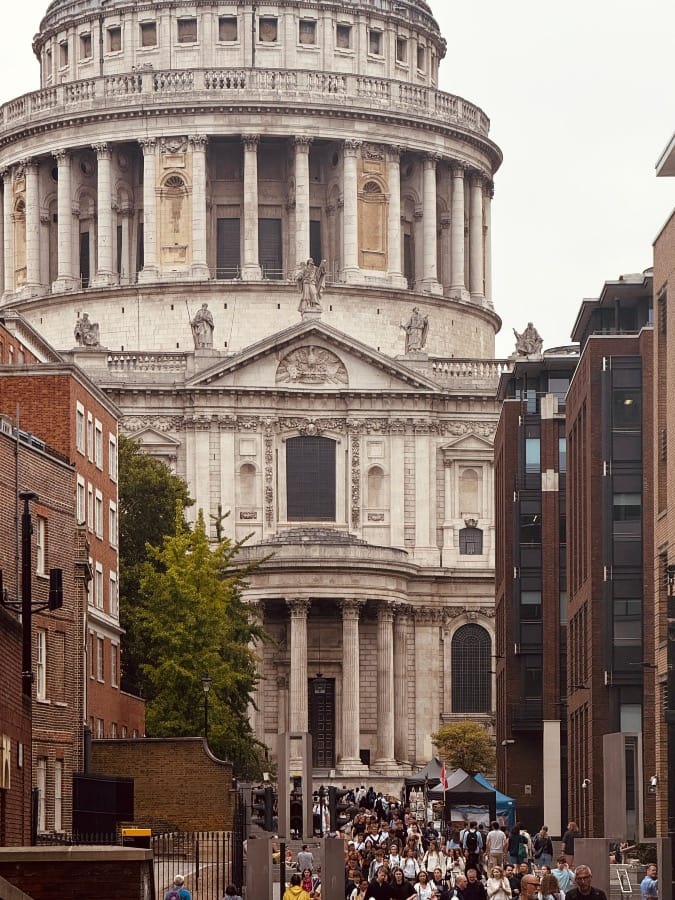
As You Like It.
I wrote in a recent digest that, at times, to truly experience a place I must first unlearn it. I must cast aside the facts and the figures and the sway of the present and see it as it is. Recently, whilst walking around St Paul’s Cathedral in London, I found its enormity of reputation - its history and spectacle - pressing so heavily that they threatened to obscure the magnificence of the fabric itself.
Now I am about to photograph Southwark Cathedral for a guidebook, and before I cross the threshold I feel none of the anticipation that accompanied St Paul’s. The reason is simple: I scarcely know Southwark. Having only visited it briefly, this cathedral has slipped beneath my radar.
And so, when I step inside and the nave stretches out towards the chancel, I see it unencumbered, without expectation - through the eyes of a beginner. The impact is almost overwhelming. Grant is with me, kindly guiding my way, and I strive to present myself as professionally composed as possible; yet the gulf between knowing nothing and beholding everything is almost too much to bear.
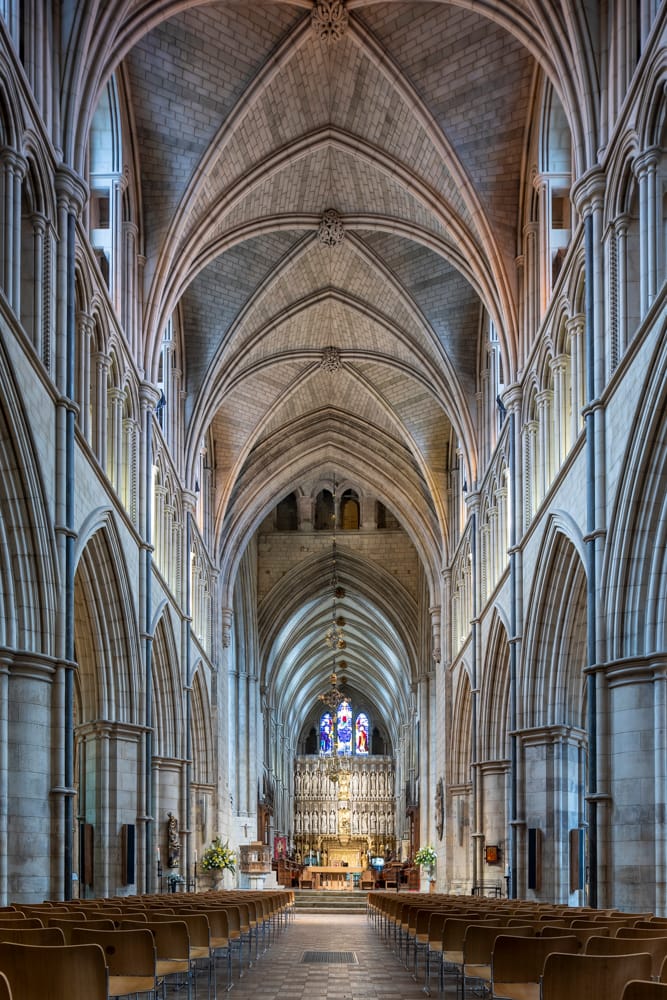
If you wish to feel awe in its purest form - raw, unmediated, without the filters of fame or familiarity - go to Southwark.
What a place this is.
Southwark Cathedral, once the priory of St Mary Overie (over the river), has twelfth-century origins and became the parish church of St Saviour after the Reformation. It was raised to cathedral status in 1905. In Shakespeare’s time it stood at the very centre of London’s theatrical life - just a few hundred yards from the Globe - at a time when Shakespeare was at his most productive.
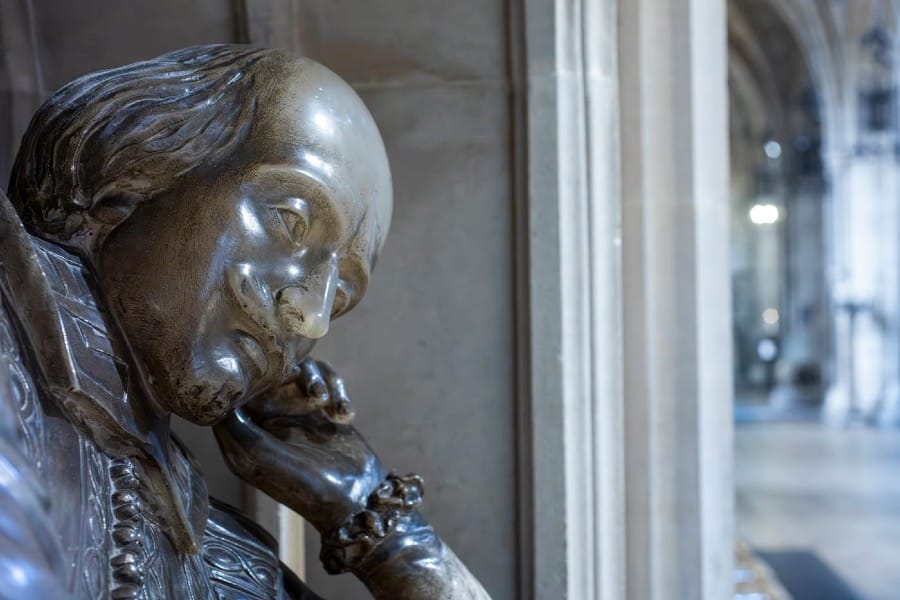
Playwrights John Fletcher and Philip Massinger were laid to rest here; and, to underscore the strong associations with William Shakespeare, his brother Edmund (actor) was also buried here.
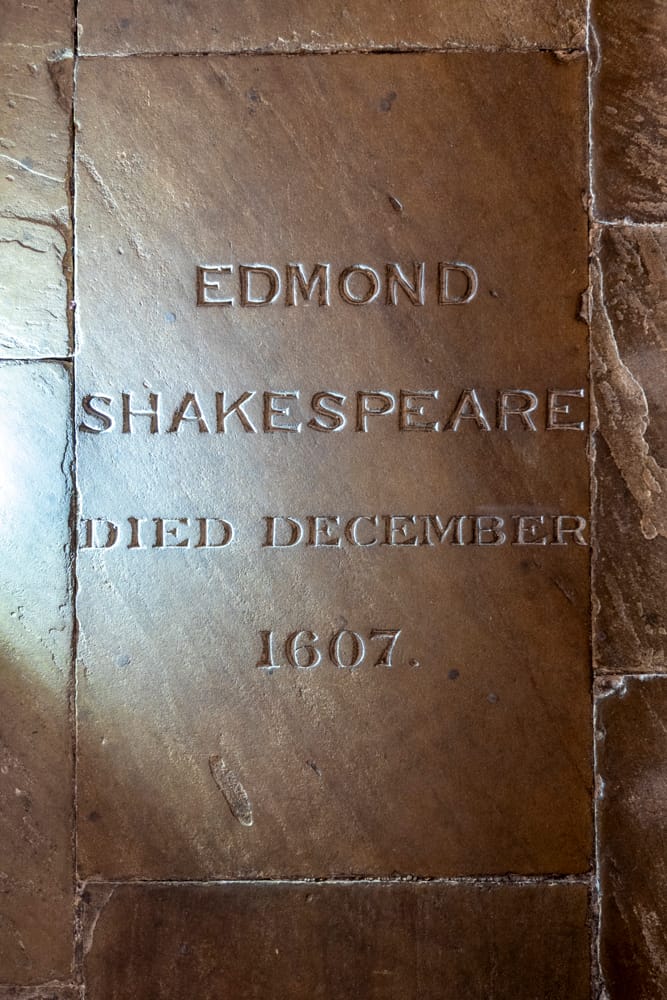
Rooted places are as rich and layered as a sonnet. Southwark’s story lies beyond the priory of St Mary Overie where, deep beneath the foundations, fragments of a Roman mosaic were uncovered in the original grounds - reminders that Londinium’s world once flourished on this spot.
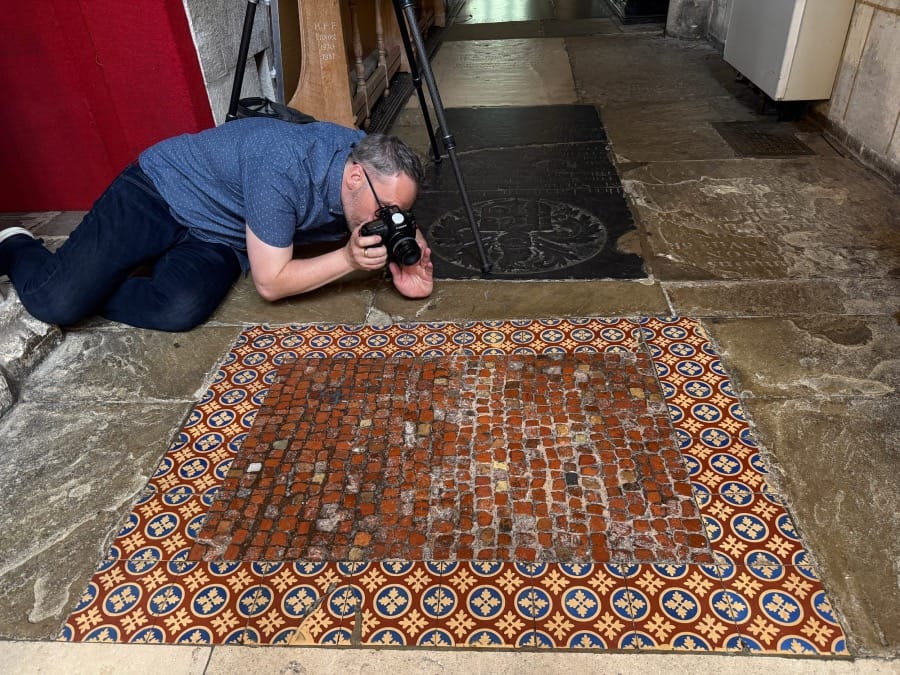
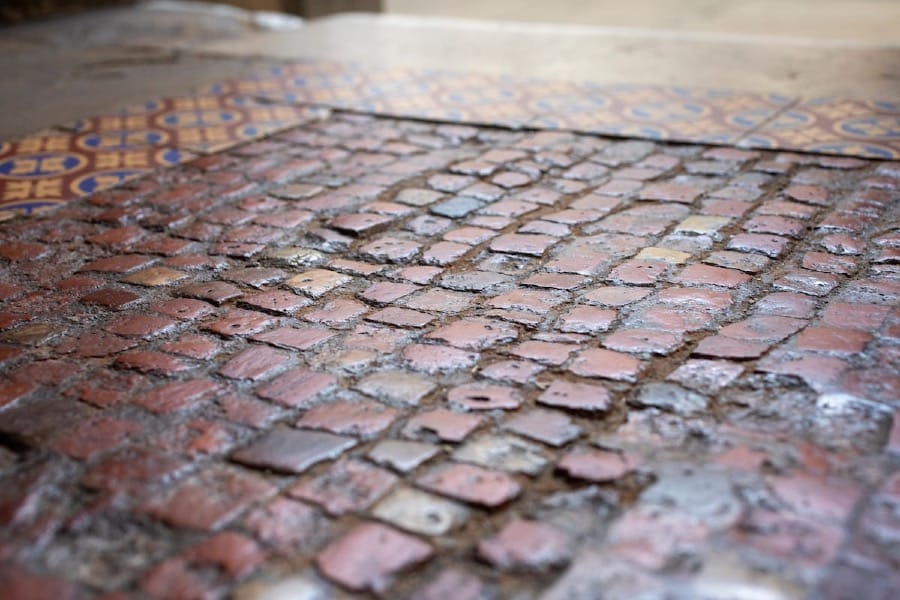
In an excavation of the crypt in the 1970’s, amongst other things, a Roman statue of a ‘Genius’ was found protecting the ‘Loci’, no doubt. These traces of antiquity form the bedrock upon which later centuries would rise.
From there my fascination turns to the thirteenth-century retro-choir, among the earliest surviving parts of the present building, and to the medieval graffiti etched upon the walls near to the tower crossing.
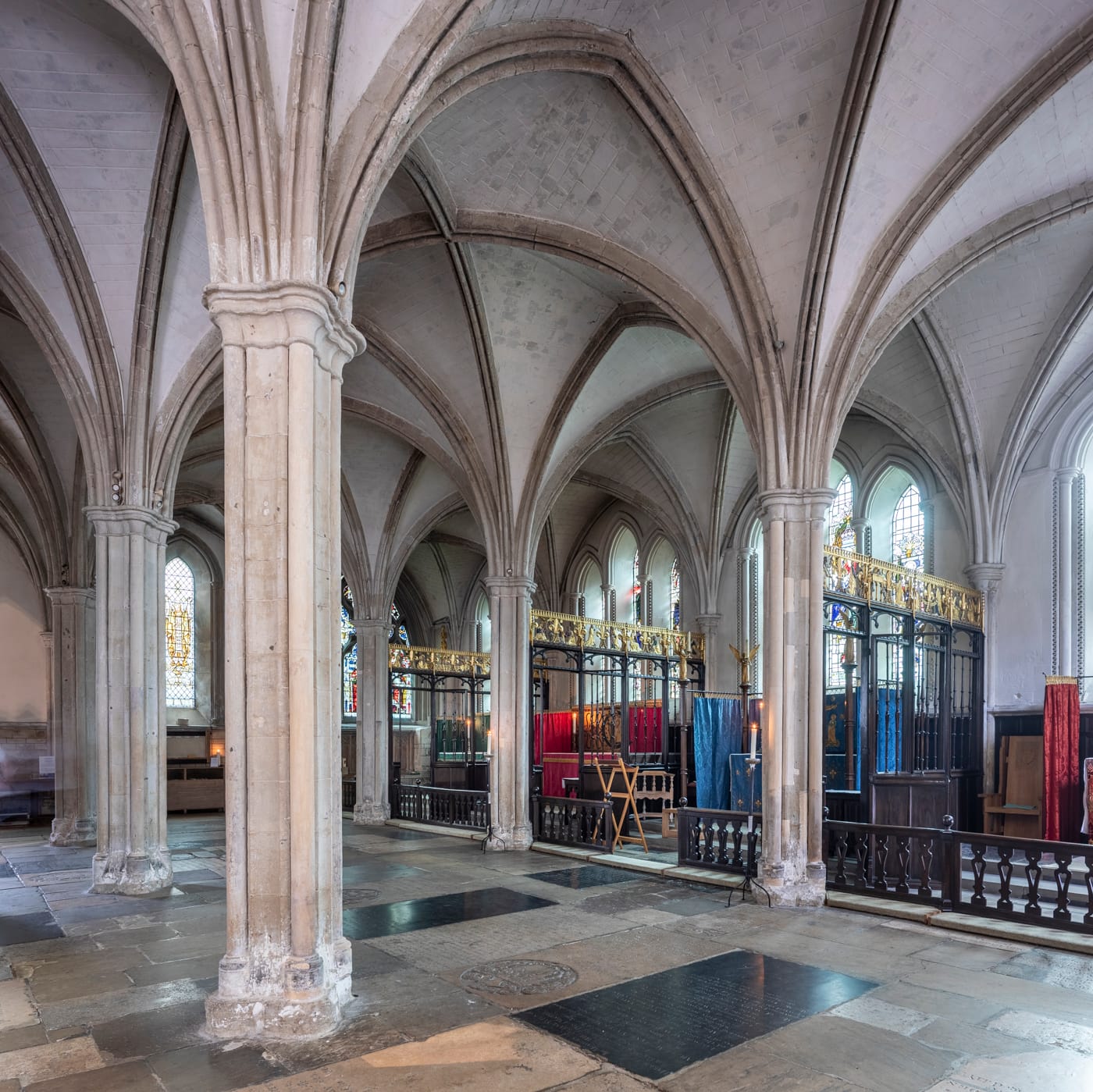
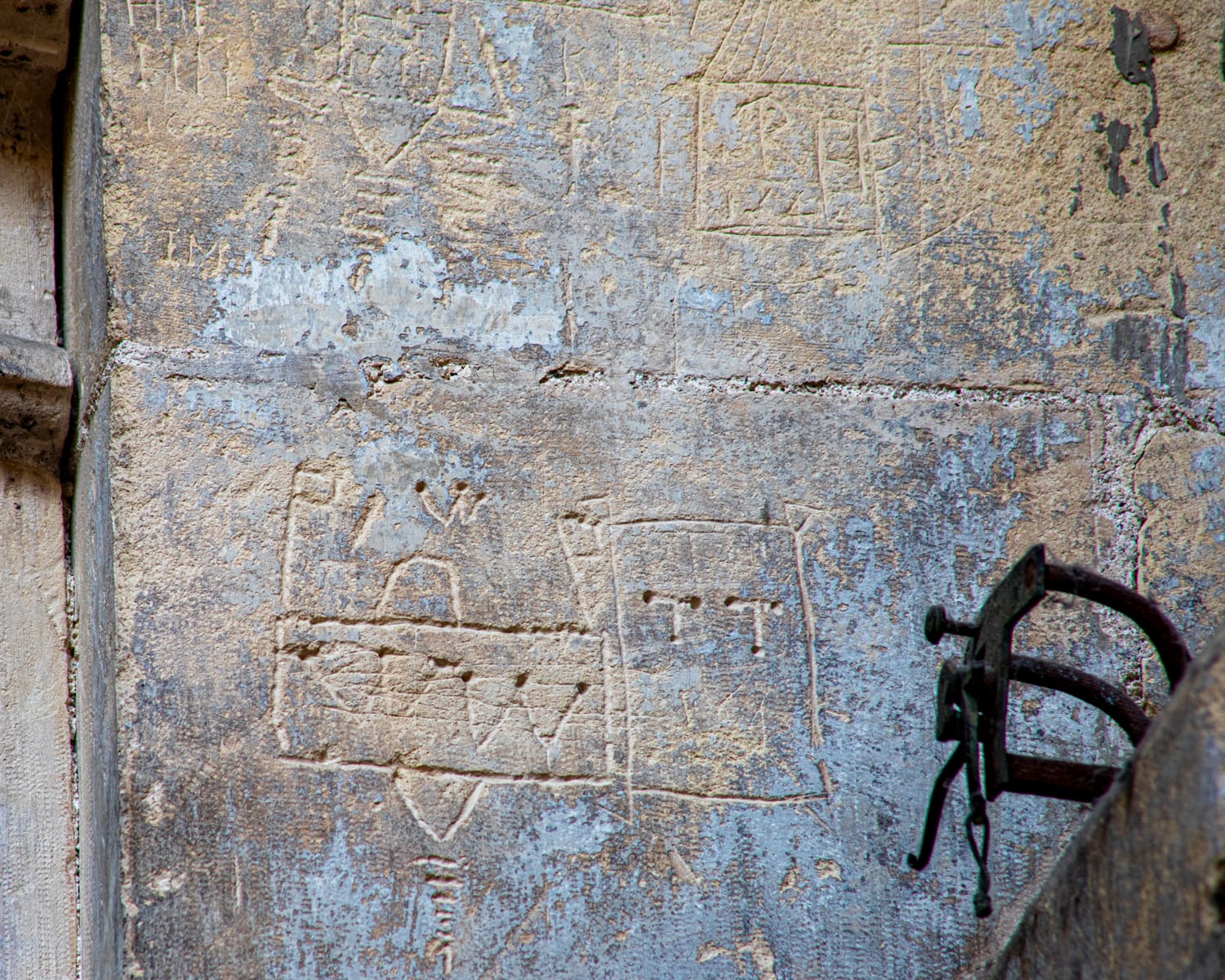
The centuries move on, and the Victorians leave their influence, restoring and embellishing with the confidence (and occasional overstatement) of their age. Sir Arthur Blomfield’s pared back nave is a counterpoint to the opulent magnificence of the great screen and altar piece erected by Bishop Fox of Winchester in 1520, later adorned with Victorian statuary.
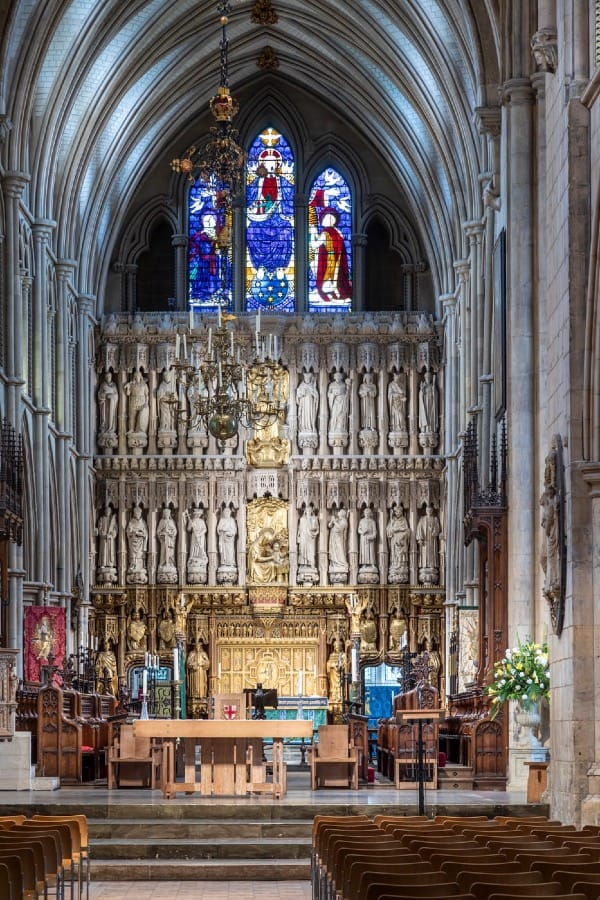
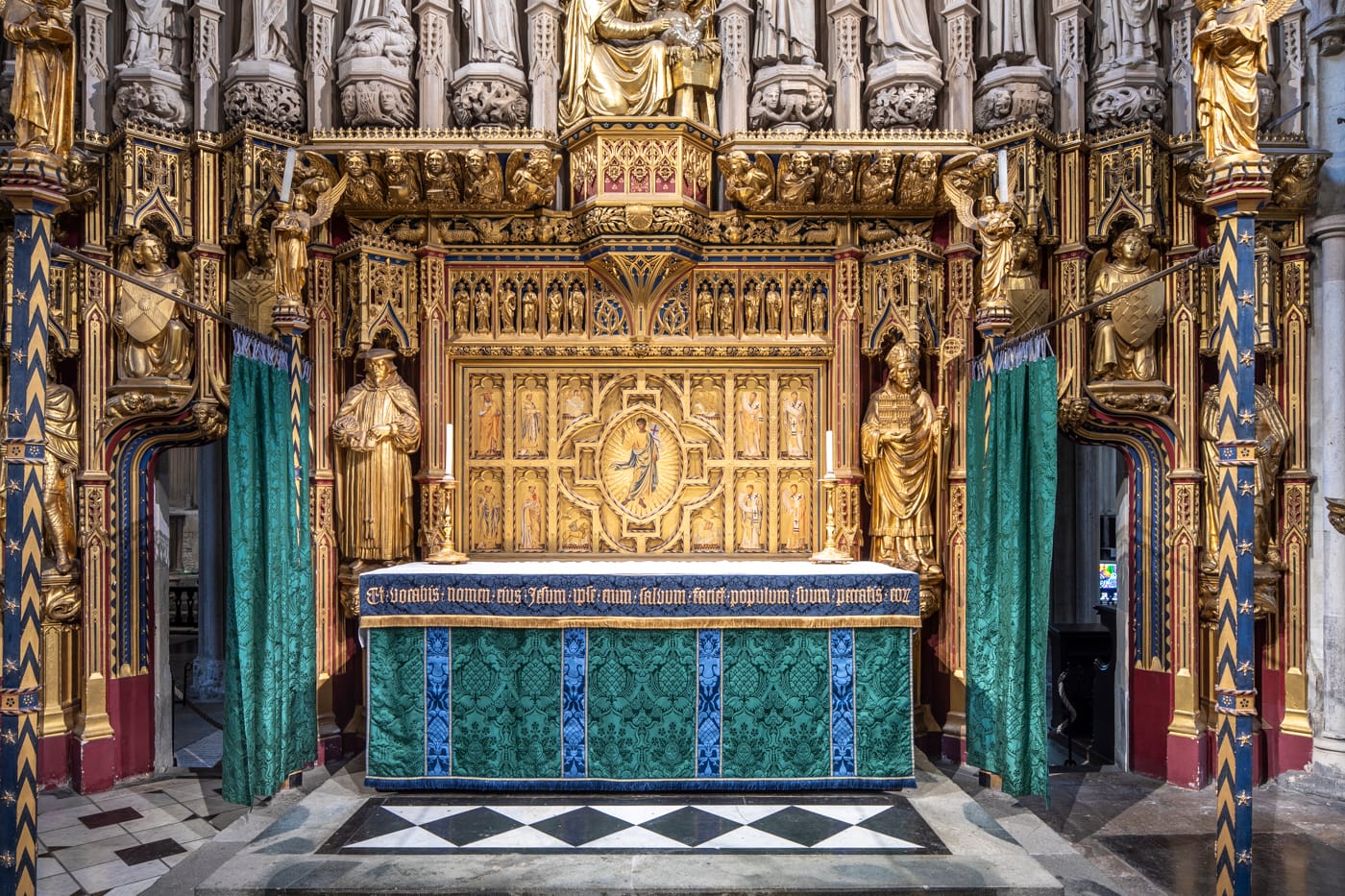
Threaded among the arcades are a rich array of monuments - wooden effigies, Renaissance tombs, and modern memorials - while in the south transept, the organ carries its own mark on Southwark’s audible history.
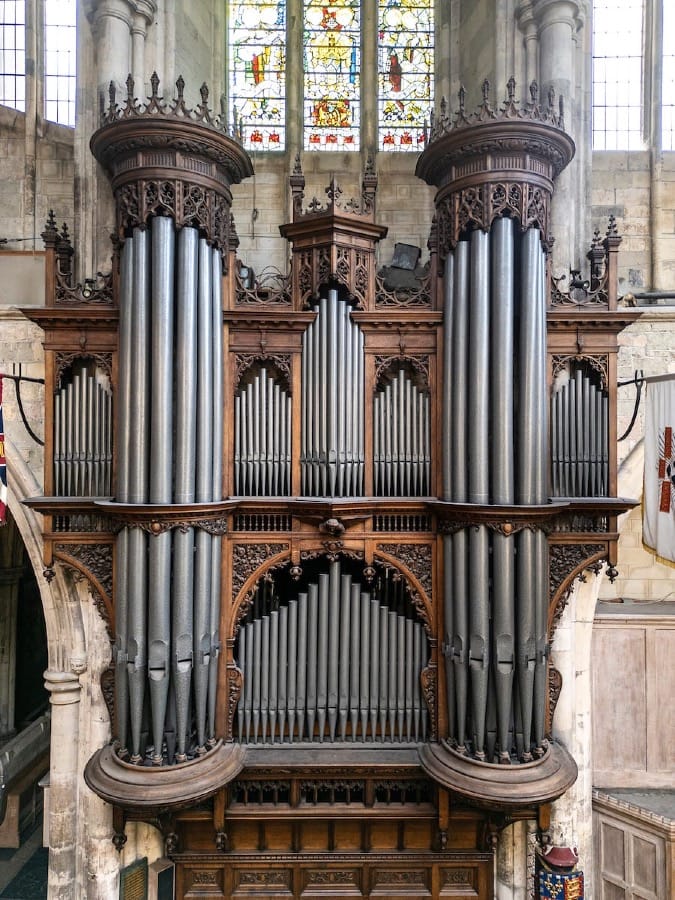
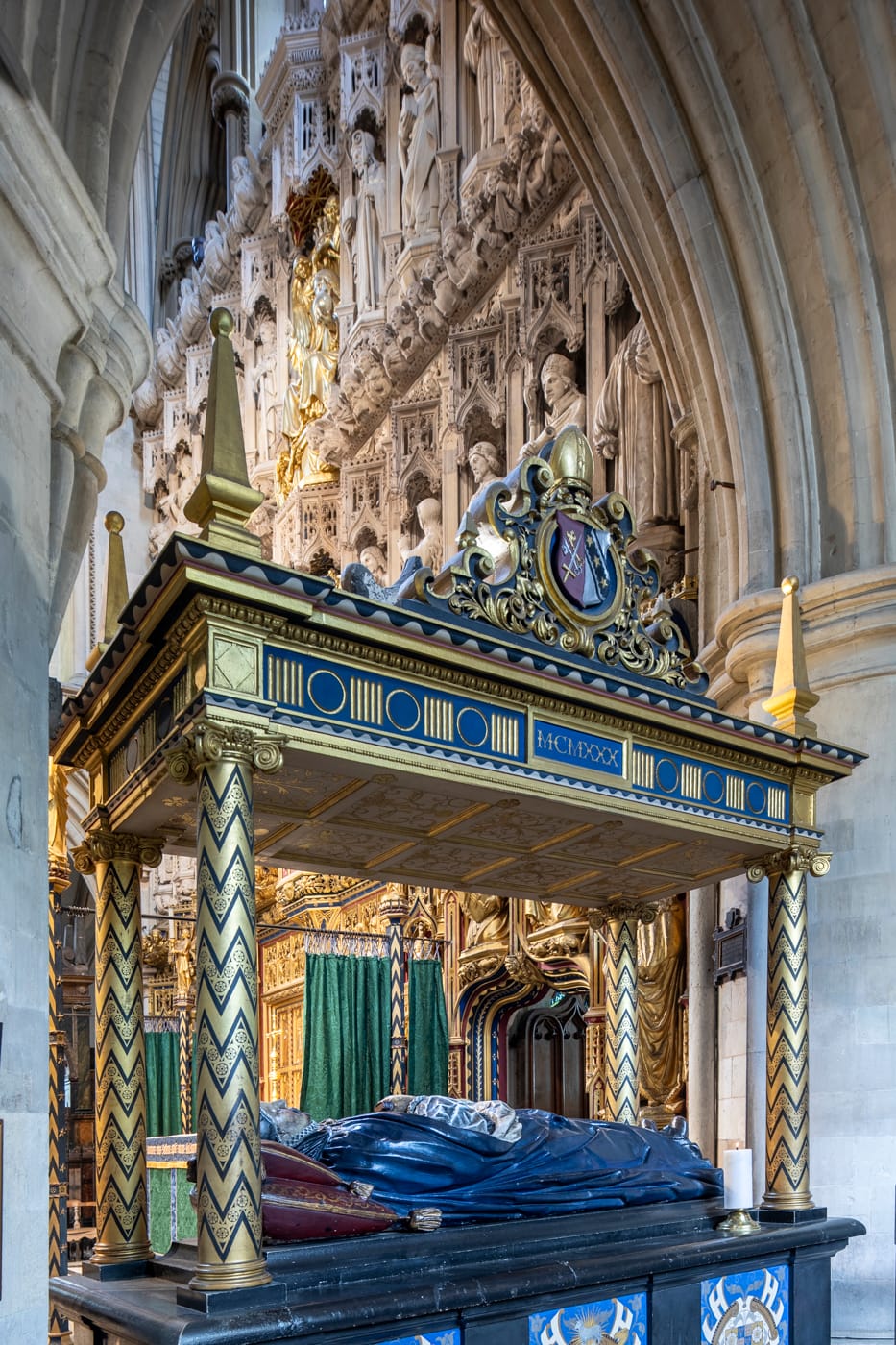
Distinctively, there is a strong presence of material culture from the twentieth century here too: gilded figurines and a wealth of work by George Pace and Sir Ninian Comper, whose modern interventions blend with older fabric, along with the cathedral’s striking stained glass.
One of the great treasures is in the Harvard Chapel, where glass (unique to these isles) by the American artist John La Farge was presented in 1907, commemorating John Harvard, baptised here before departing for New England to found the university that bears his name. Like the university, it feels like an enclave of enlightenment - a space apart - set aside for thought and reflection.
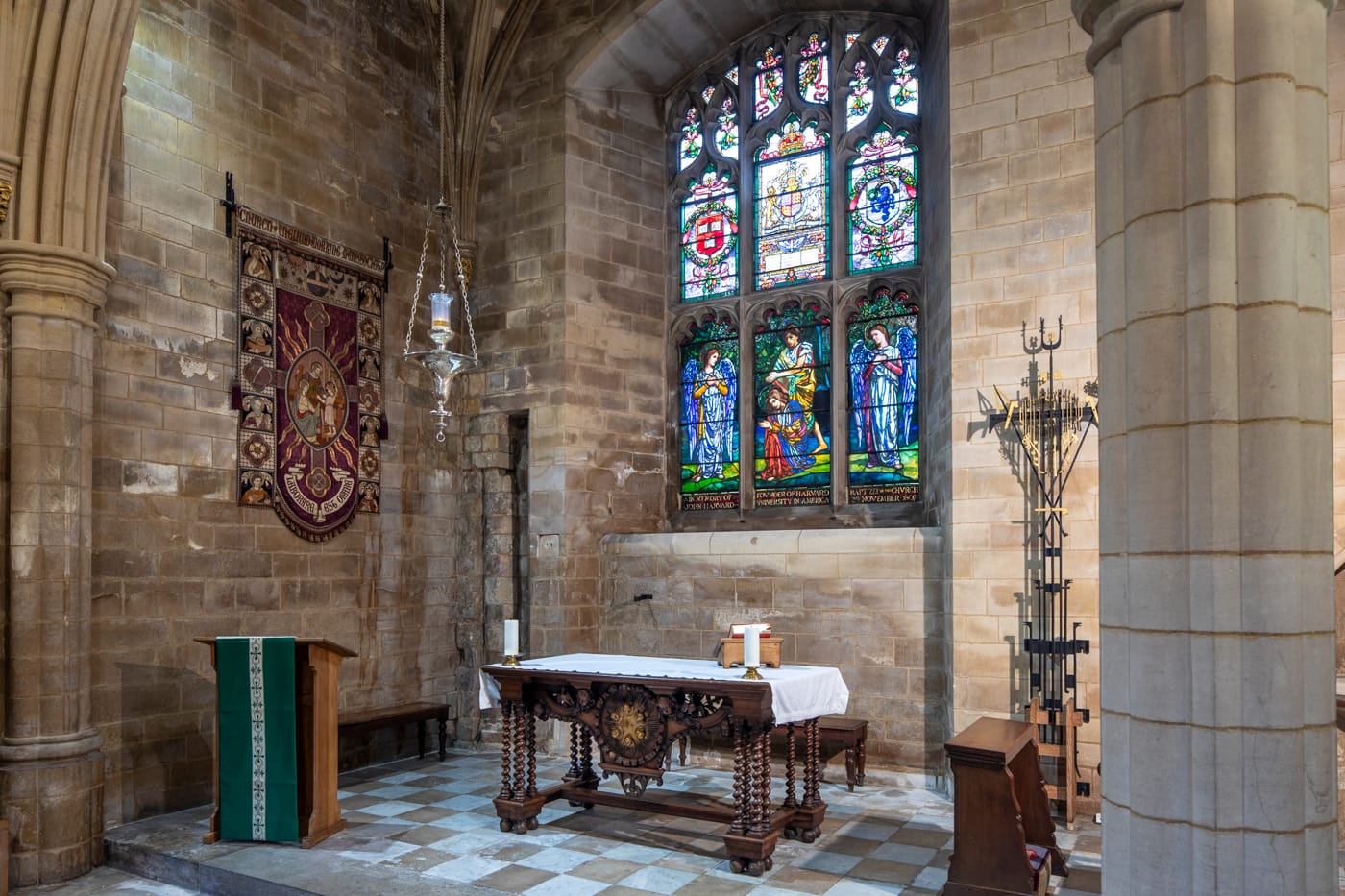
Southwark does not shy from the present, either. It holds within its walls a memorial to the victims of the Marchioness disaster of 1989, and even its corbels tell stories: one recalls the police officer injured in the 2017 London Bridge terrorist attack; another catches the zest and clamour of the market itself, bustling just beyond the doors; and another captures Doorkins Magnificat - a feline resident of the cathedral. Within the Chapel of St Andrew, the cathedral holds space for all those impacted by HIV and AIDS.
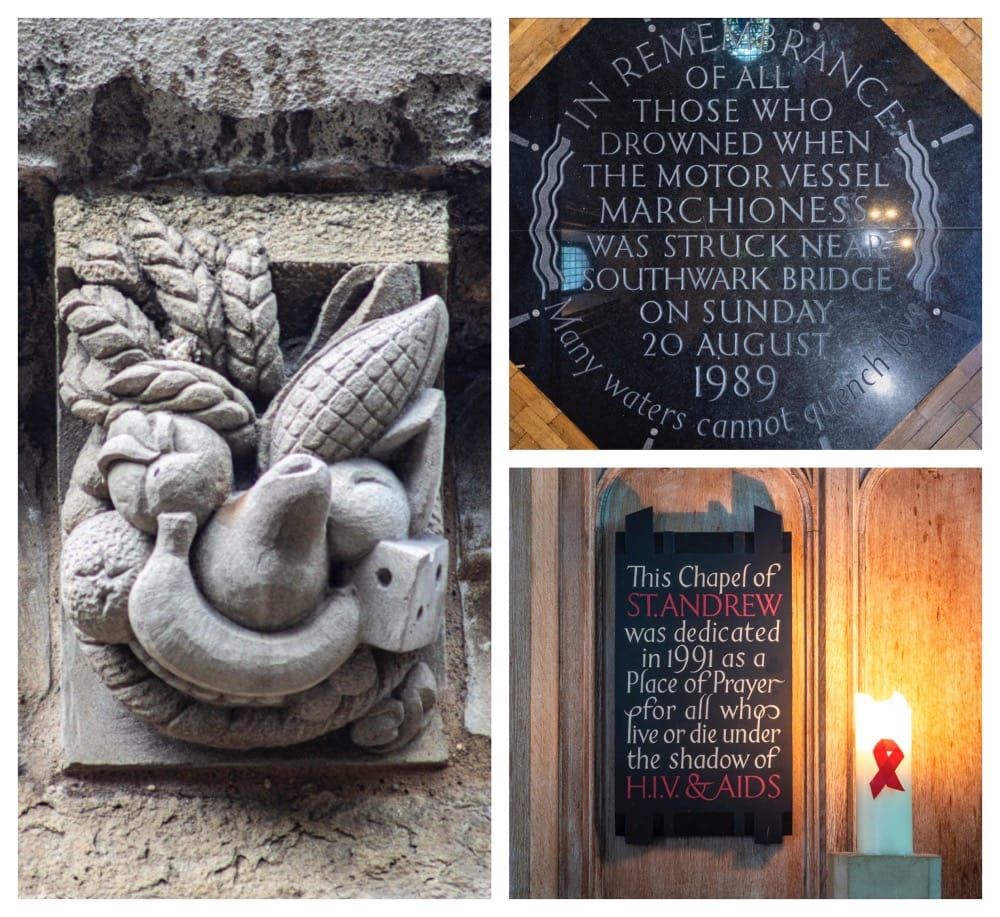
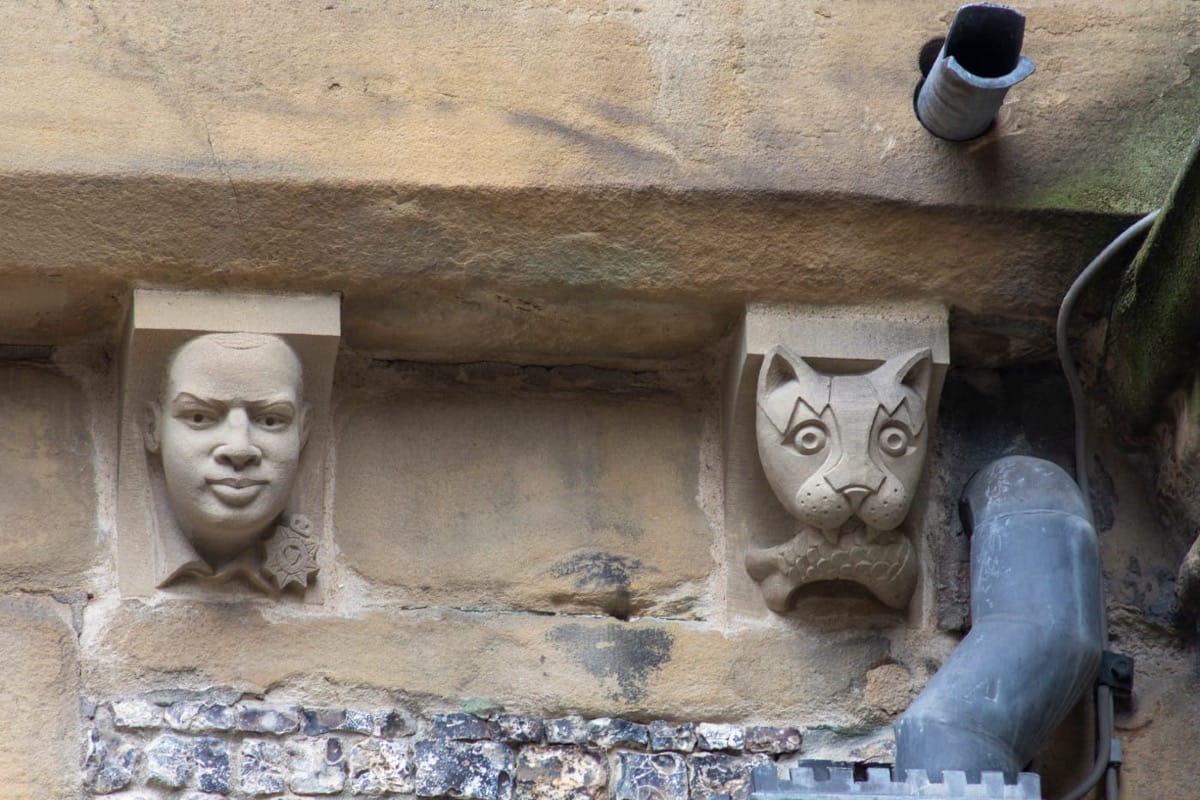
How precious these memories are, stitched into the warp and weft of the fabric.
Victor Hugo said that, “Dante in the thirteenth century is the last Romanesque church; Shakespeare in the sixteenth, the last Gothic cathedral.” The artist and writer, Olive Cook, reflecting on Shakespeare's monument at Southwark, witnessed Dante’s Gothic cathedral in Shakespeare: bulging in compendiousness, vast in his inclusion of life’s spectacle.
Carol Ann Duffy in her poem about the cathedral captures the spectacle perfectly:
'Shakespeare,
with twenty cold shillings for a funeral bell-
players, publicans, paupers, politicians, princes,
all to this same, persistent, changing space,
between fire and water, theatre and marketplace..’*
Southwark Cathedral is a place that gathers into its very being the massive inclusion of existence itself - humble in outline, yet immeasurable in reach. To try and capture the essence of this place, picture Southwark in timelapse: centuries turning at the oldest crossing point of the Thames, monuments raised and worn, voices lifted in prayer or protest, the generations streaming through its doors - each a brief presence, each absorbed into the whole; a living tradition, layered and accumulative, captured and anchored like a fly in amber within the transient spectacle of the city that struts and frets its hour upon the stage, whilst the cathedral remains - carrying forward all our yesterdays and tomorrows.
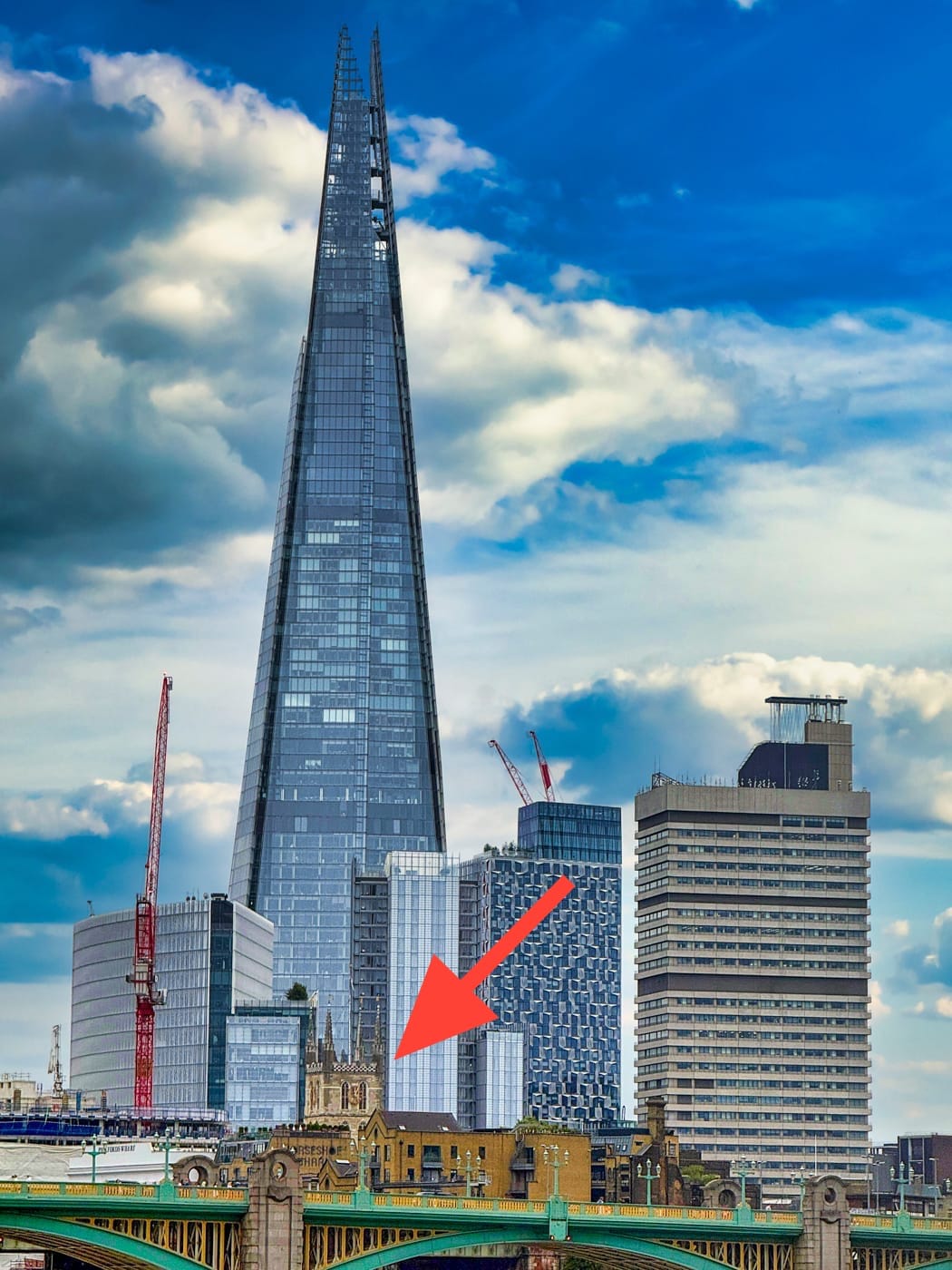
I put my heart and soul into the Genius Loci Digest and it takes a day a week to produce. With your support, I’m able to keep this digest free and public facing. 📸🏛🚐 🎨🖊️
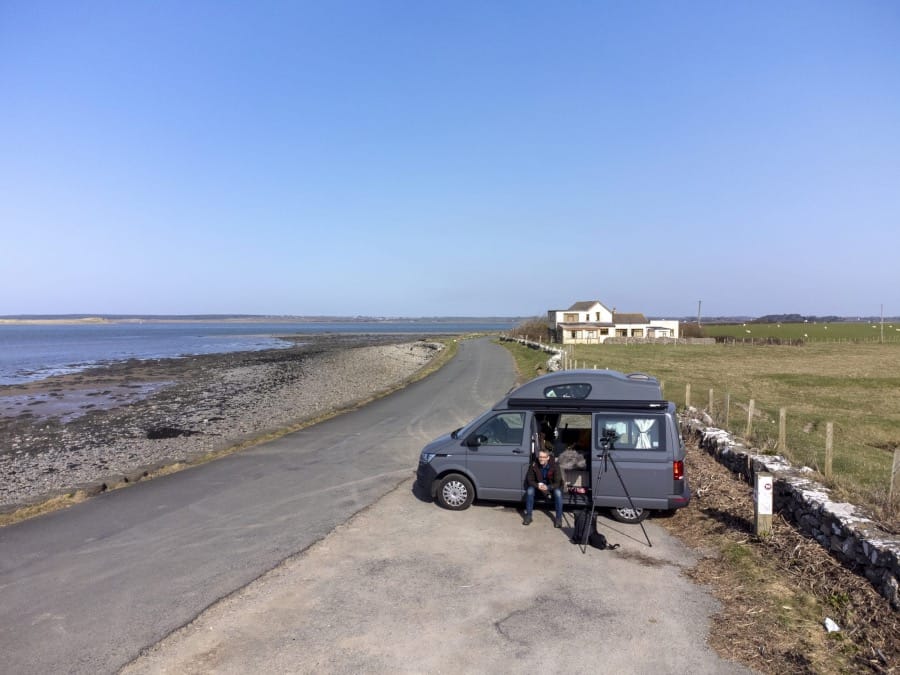
Can you help support me and keep Woody on the road?
Support The DigestIf you experience Paris Syndrome in London - come to Southwark - you will be refreshed and readied to face London on equal terms. Sadly Doorkins Magnificat is no longer with us, but Hodge has taken over proceedings - you'll likely find him meandering along the side aisles.
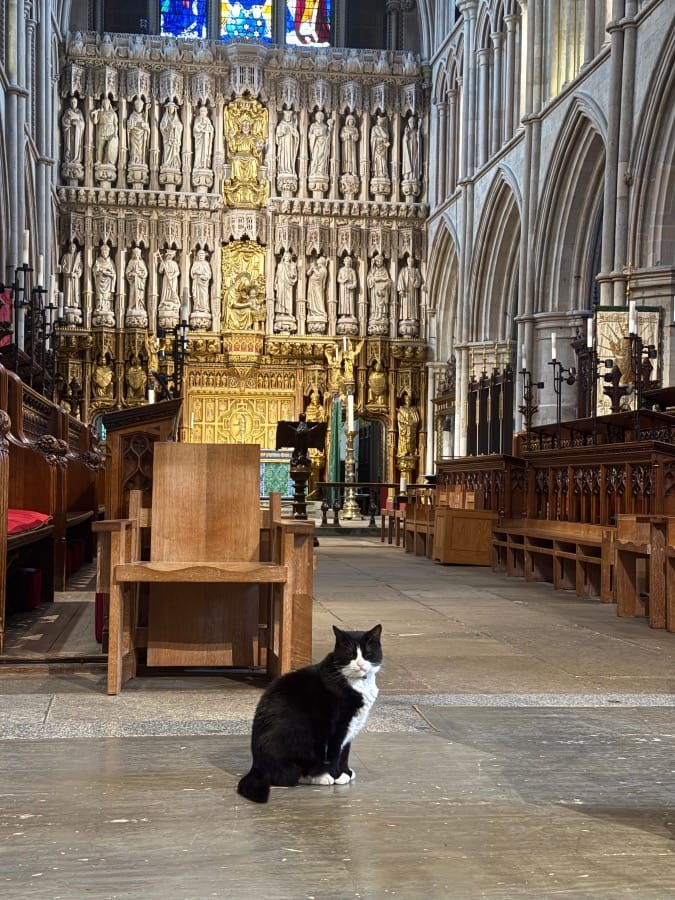
I just want to share with you a few photographs of Southwark Cathedral - the rest (amongst others) may be part of the guide soon to be published.
I'm not going to cloud things with facts and figures - just see the images and the place for what they are. Southwark Cathedral is a real hidden gem.
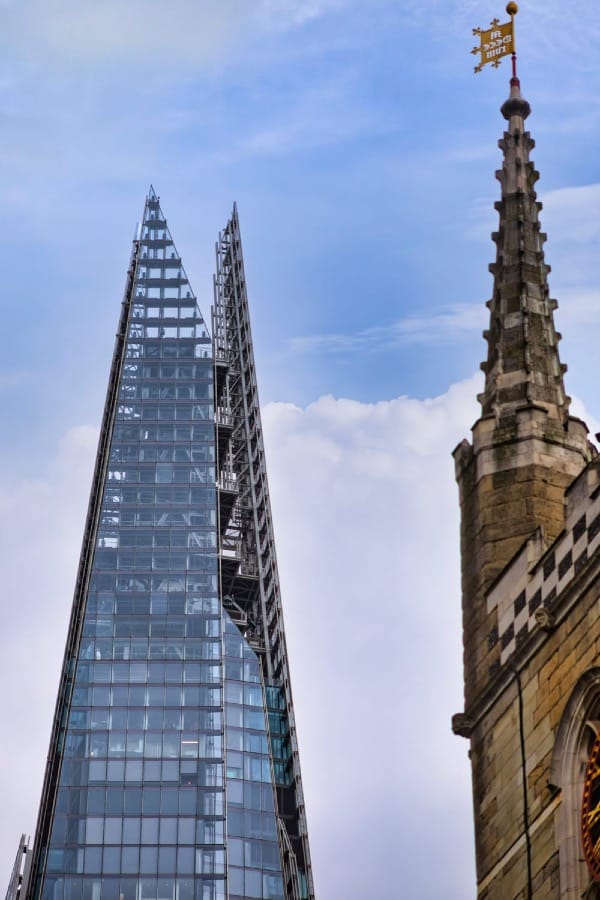
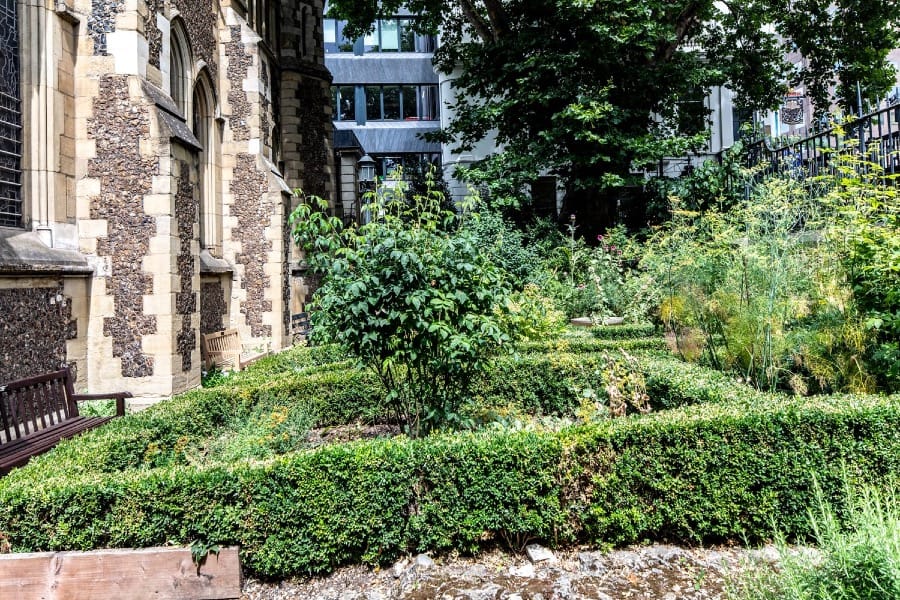
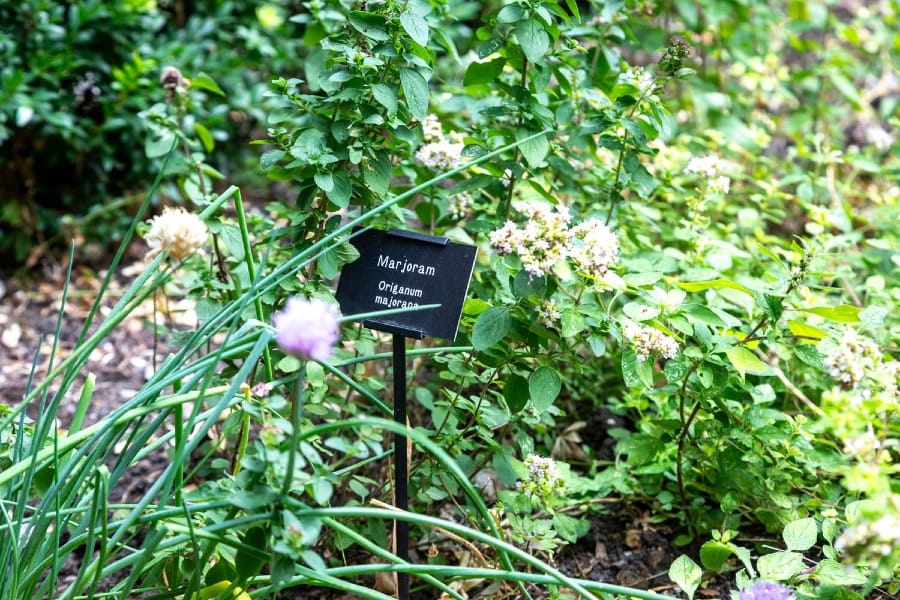
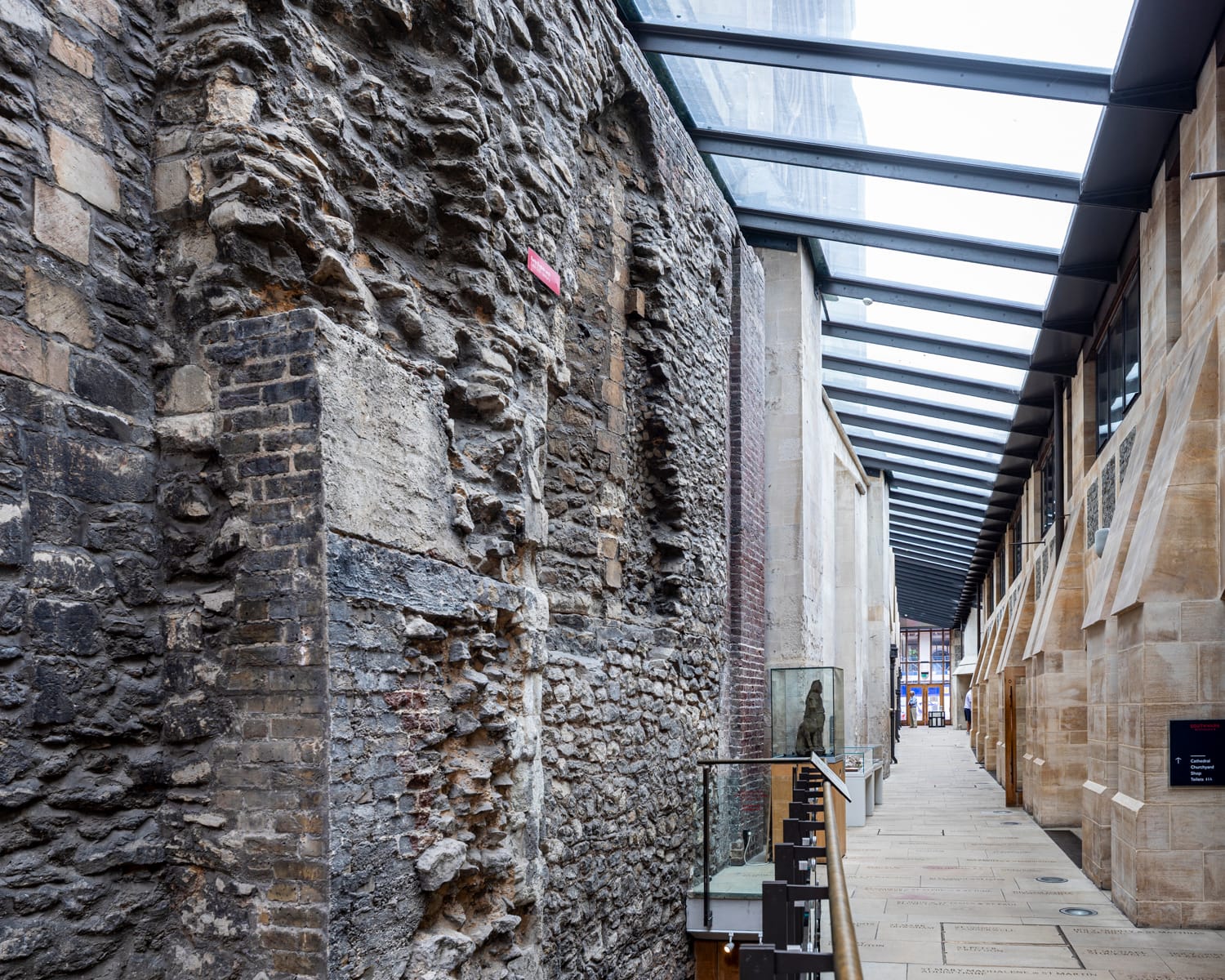
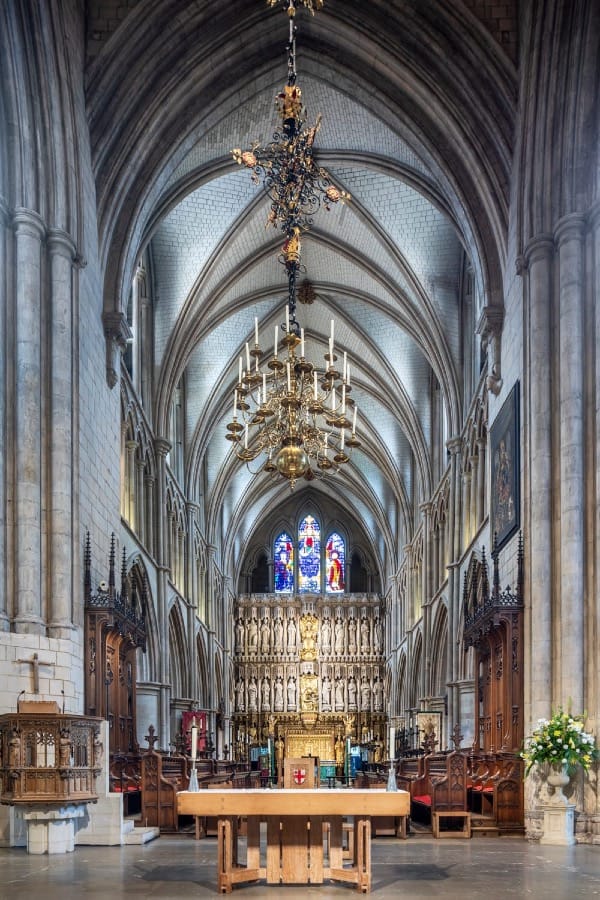
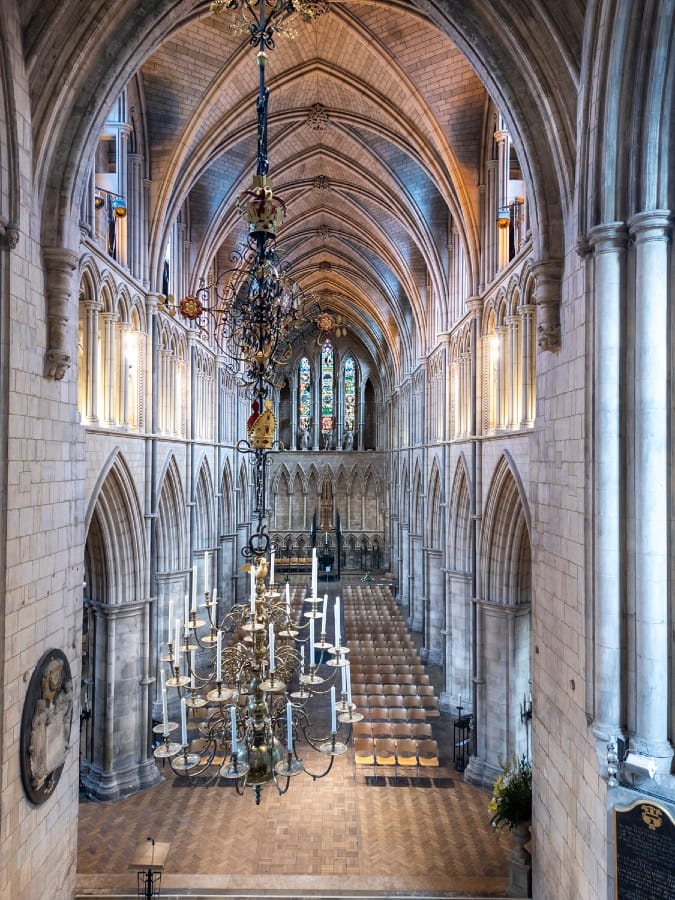
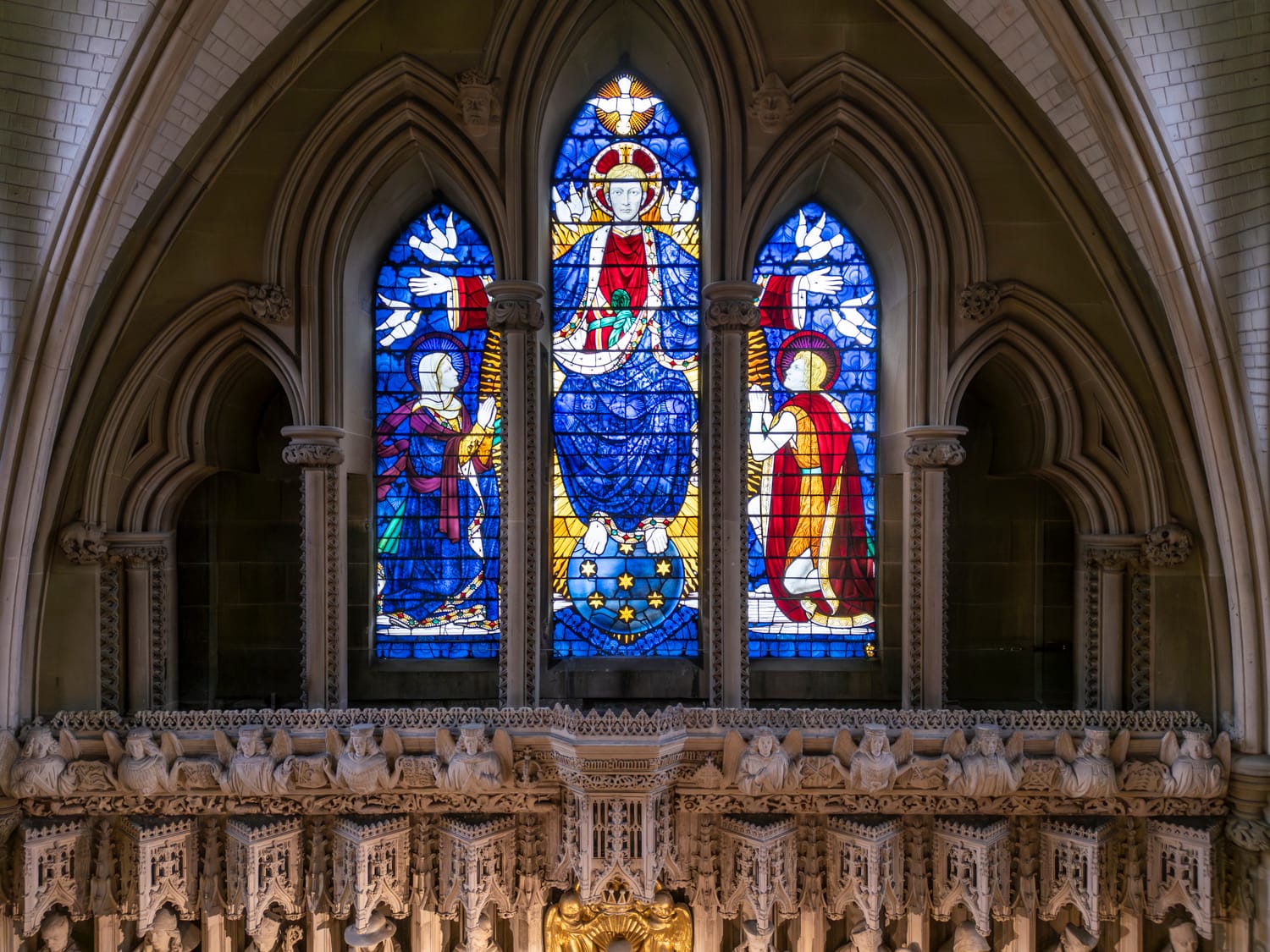
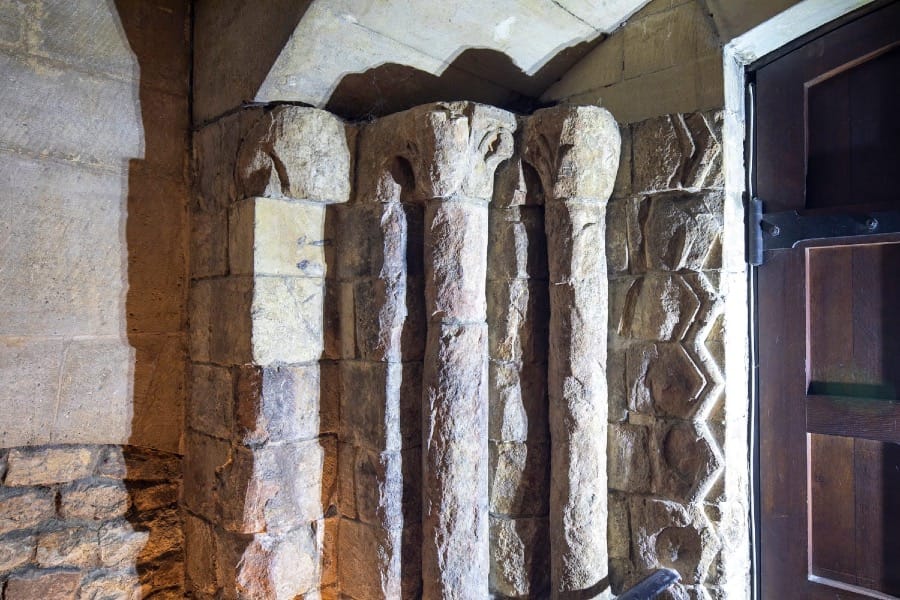
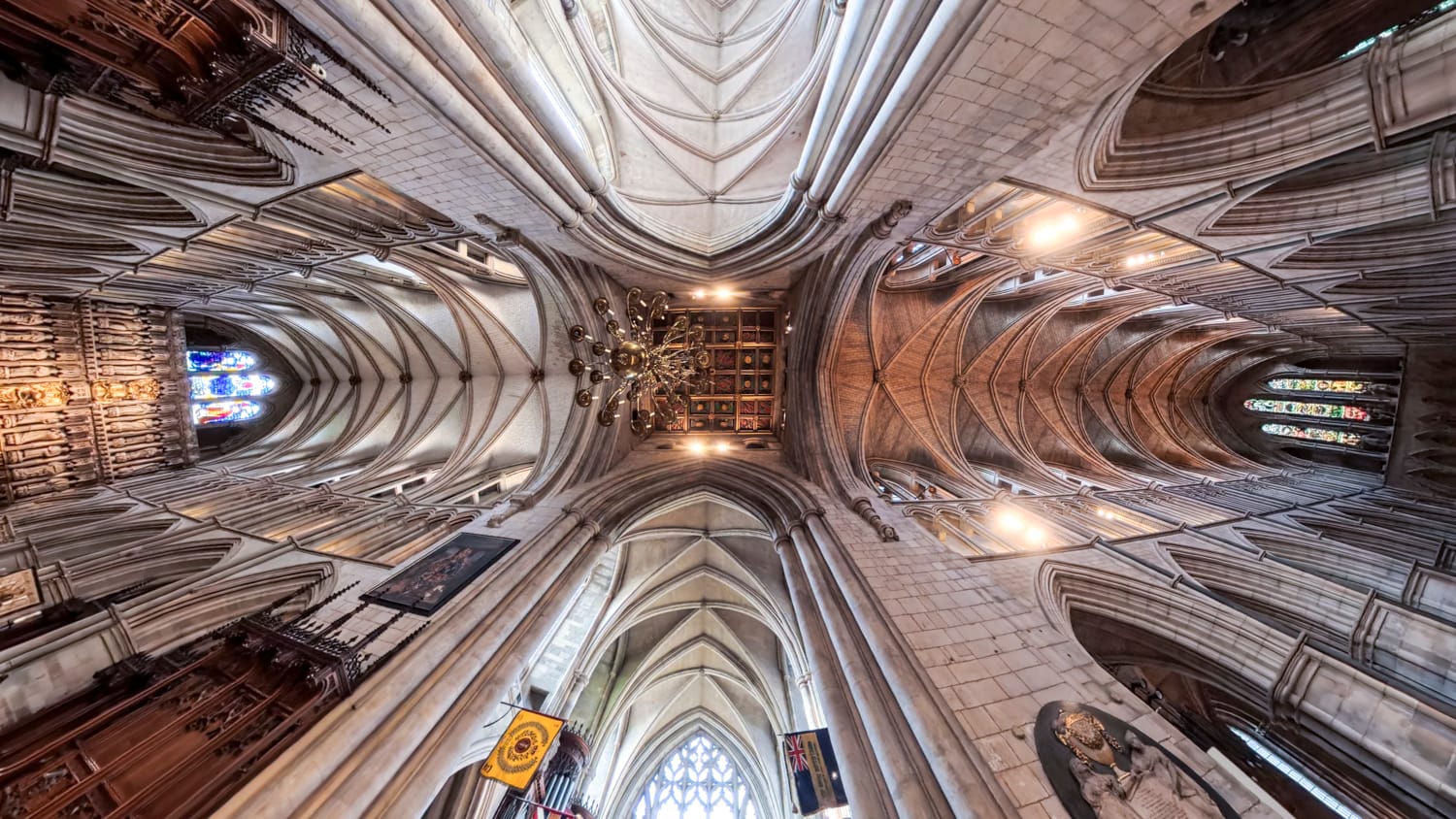
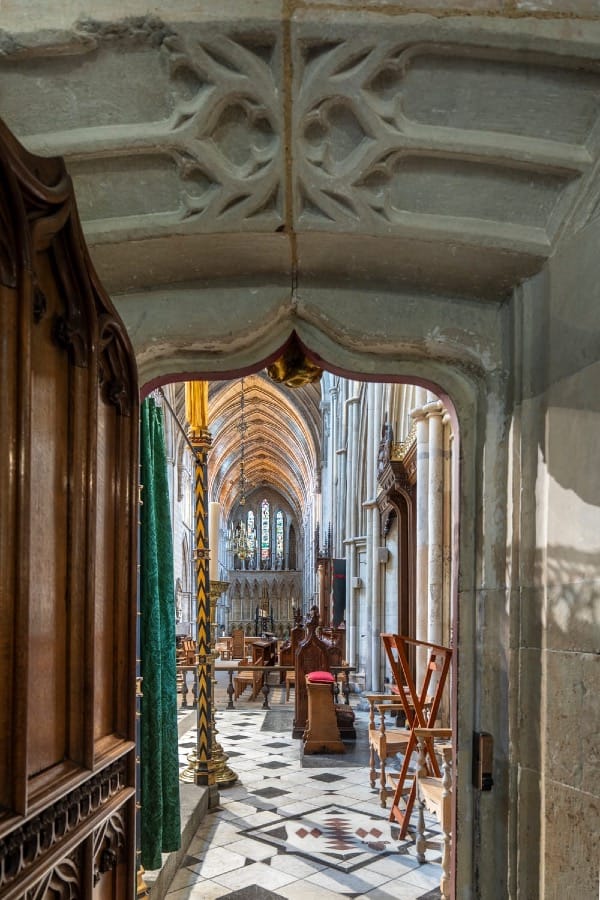
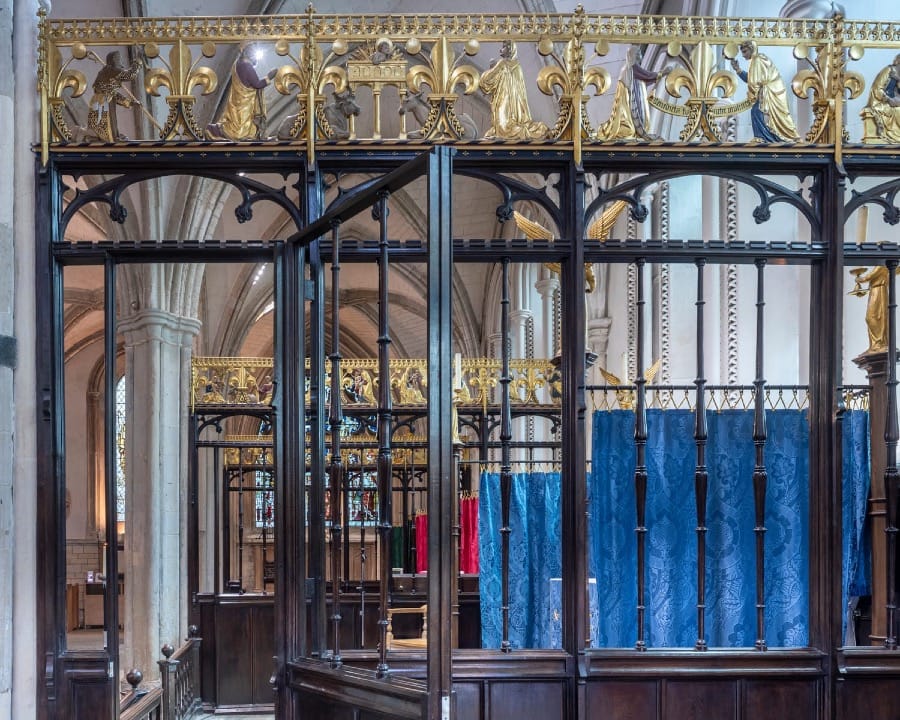
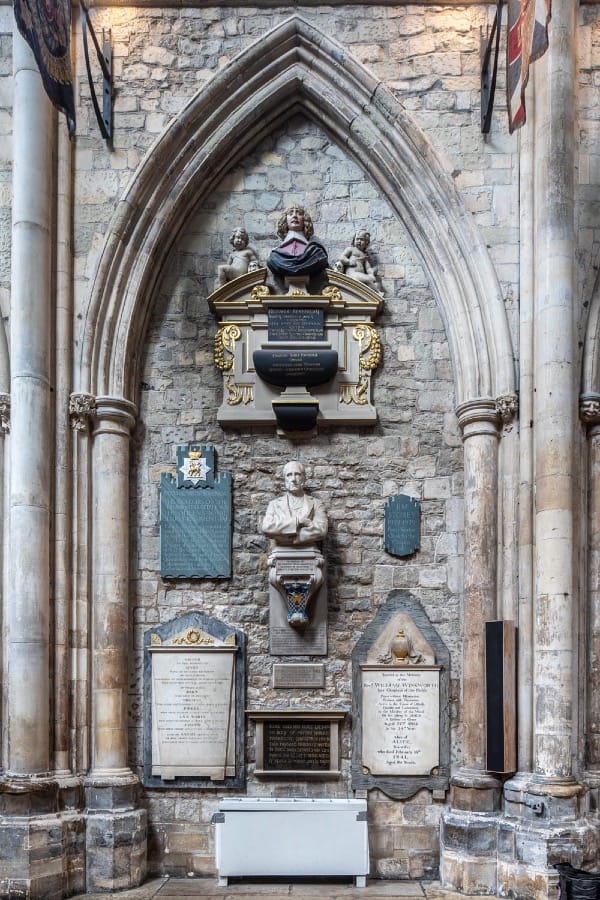
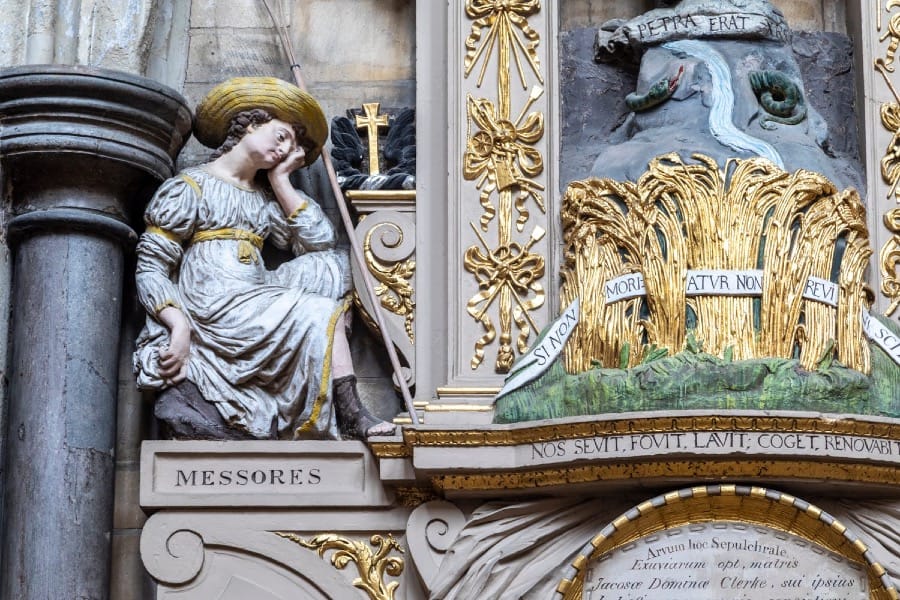
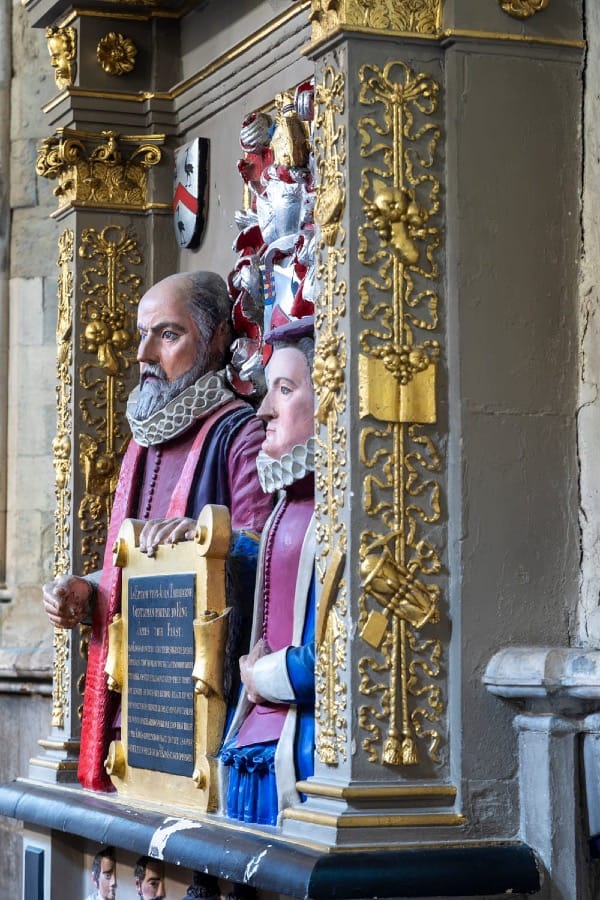
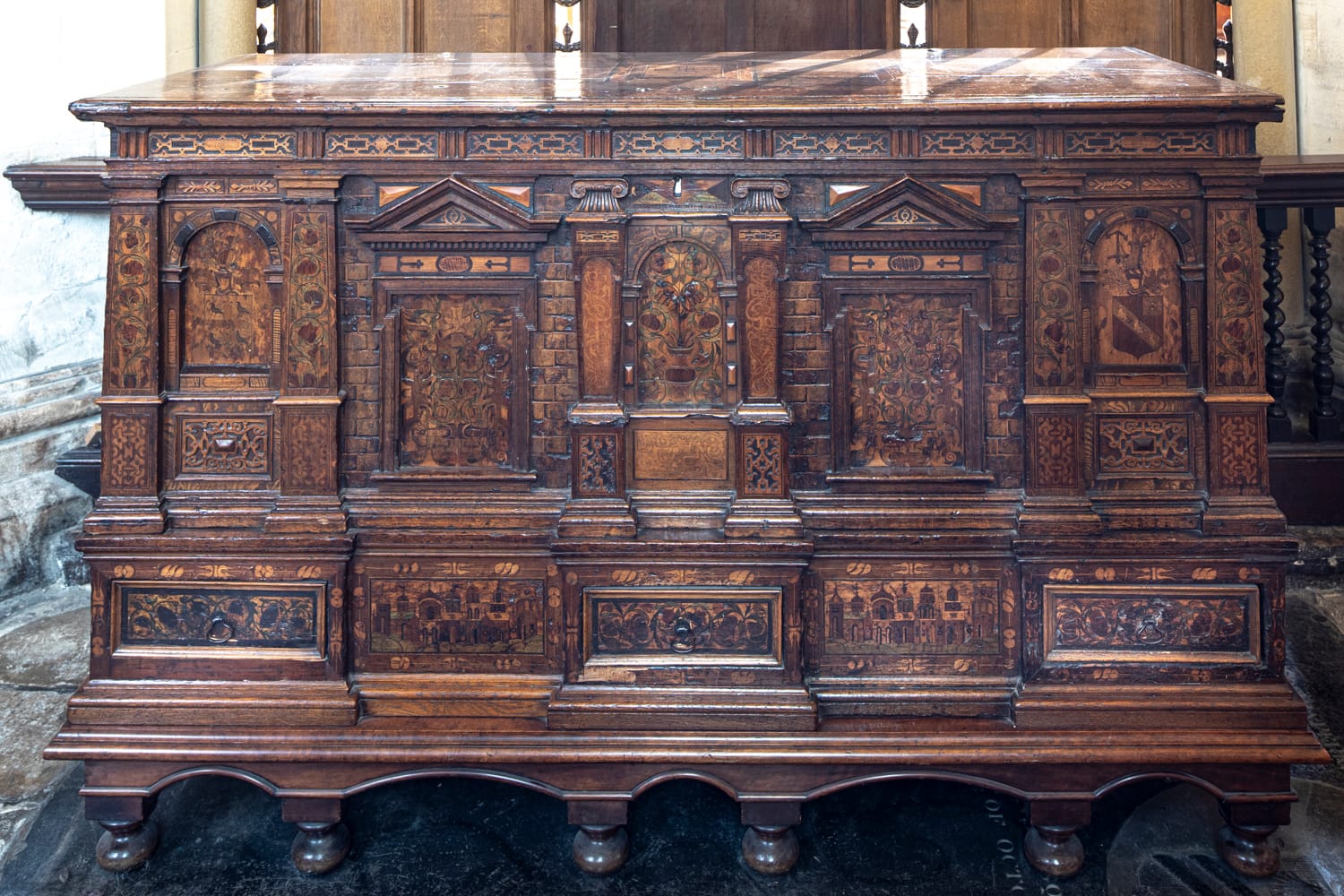
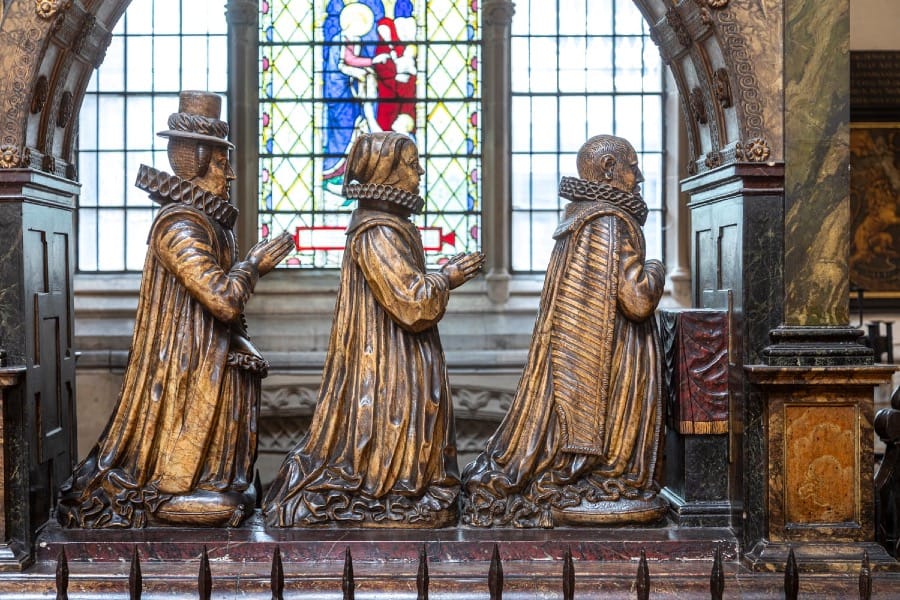
Visit Southwark Cathedral
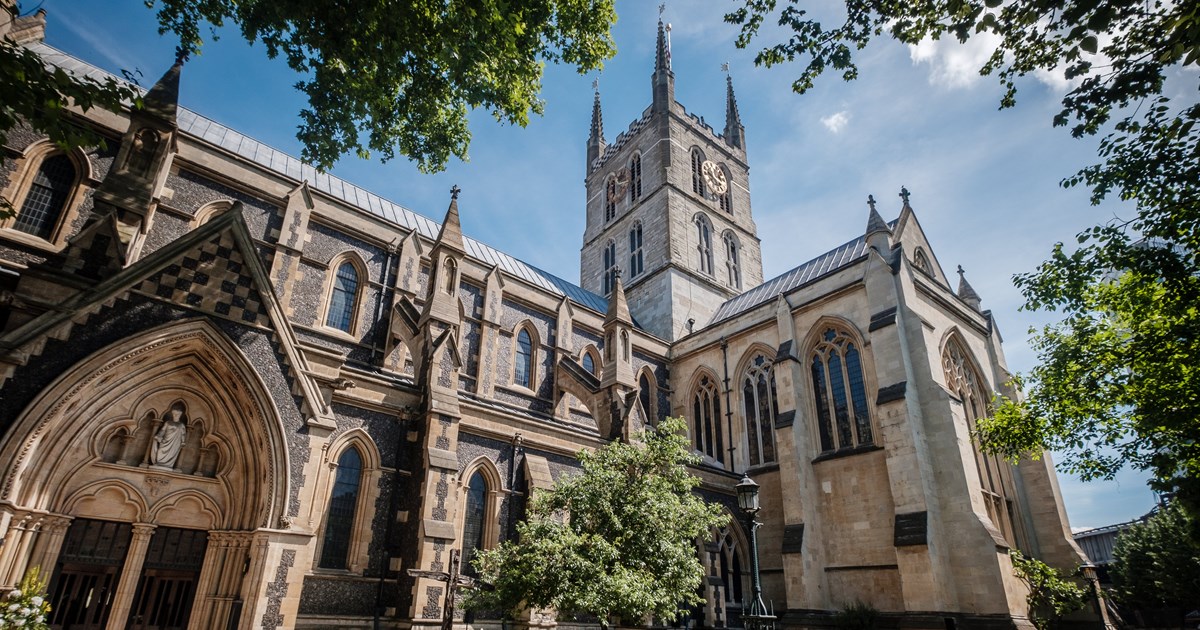
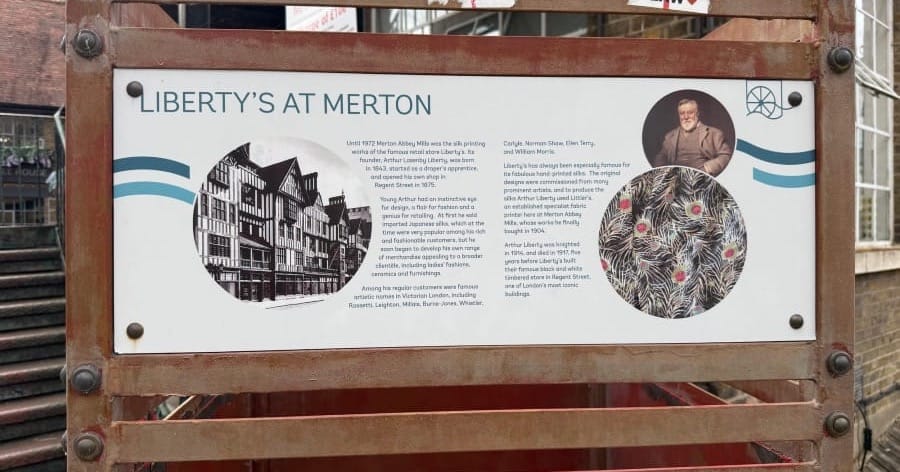
The kind people at Southwark Cathedral (thank you Jessica and Grant) helped find a place for Woody and I to lodge near to Merton Abbey Mills.
Merton Abbey Mills, on the River Wandle, is not only significant for its medieval roots, but also because William Morris established his celebrated Arts and Crafts workshops here. After Morris, Liberty & Co. continued the tradition with their colour works. Today the site survives as a heritage and craft market with pubs and restaurants - and like Southwark - a dash of the theatricals.
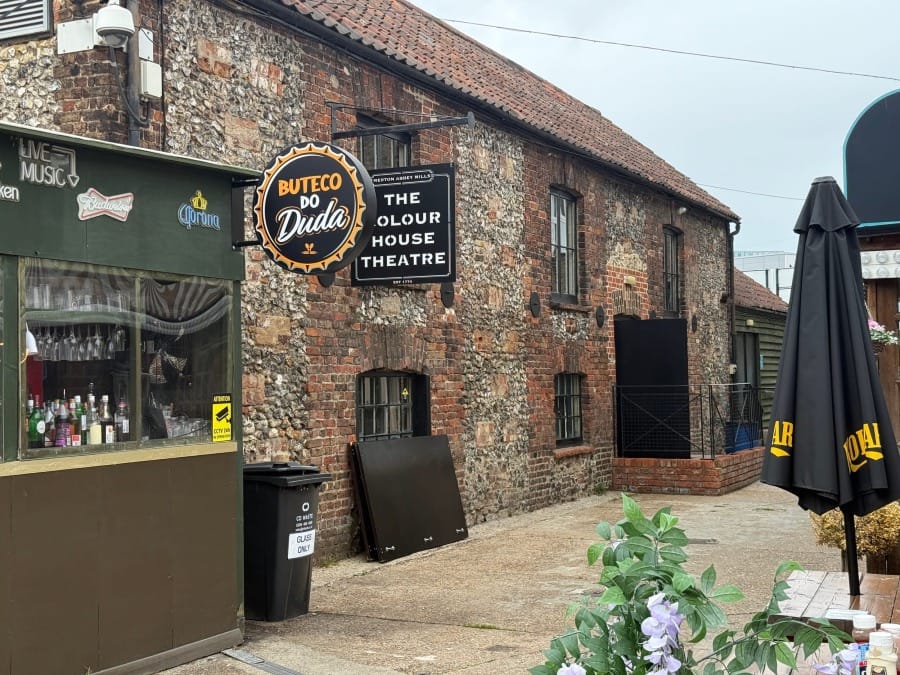
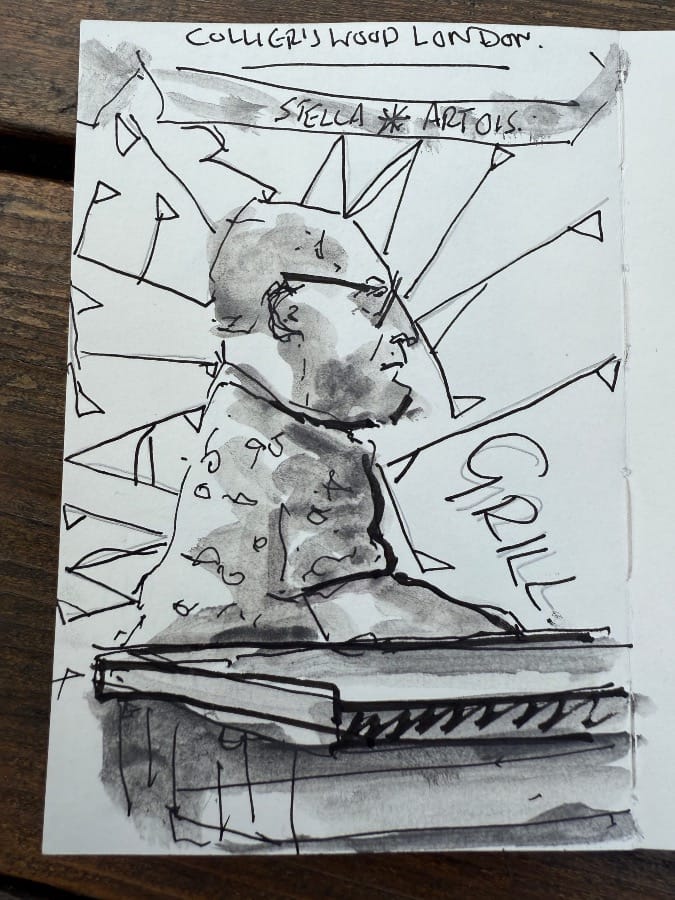
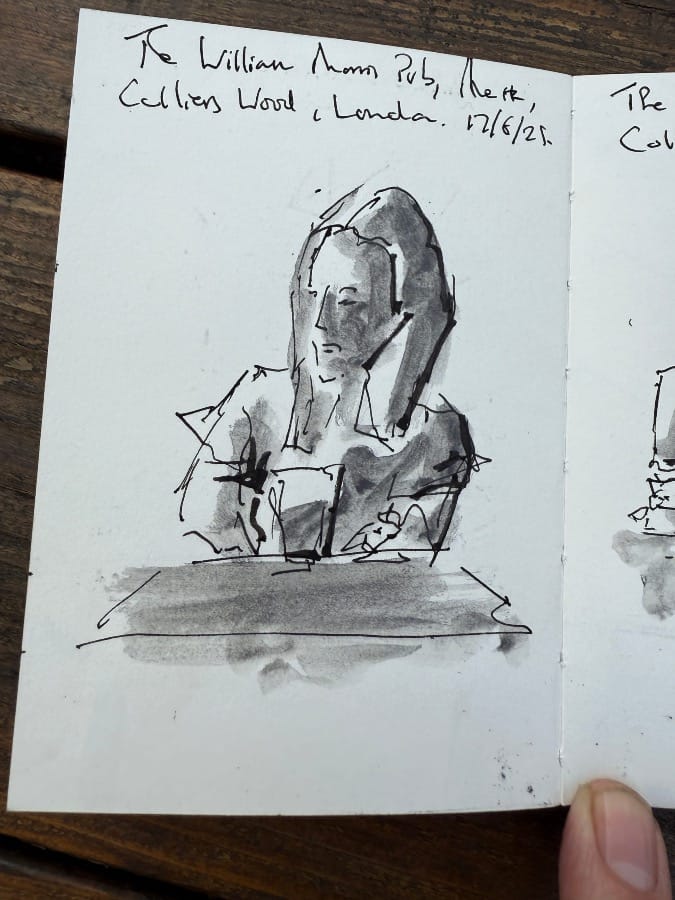

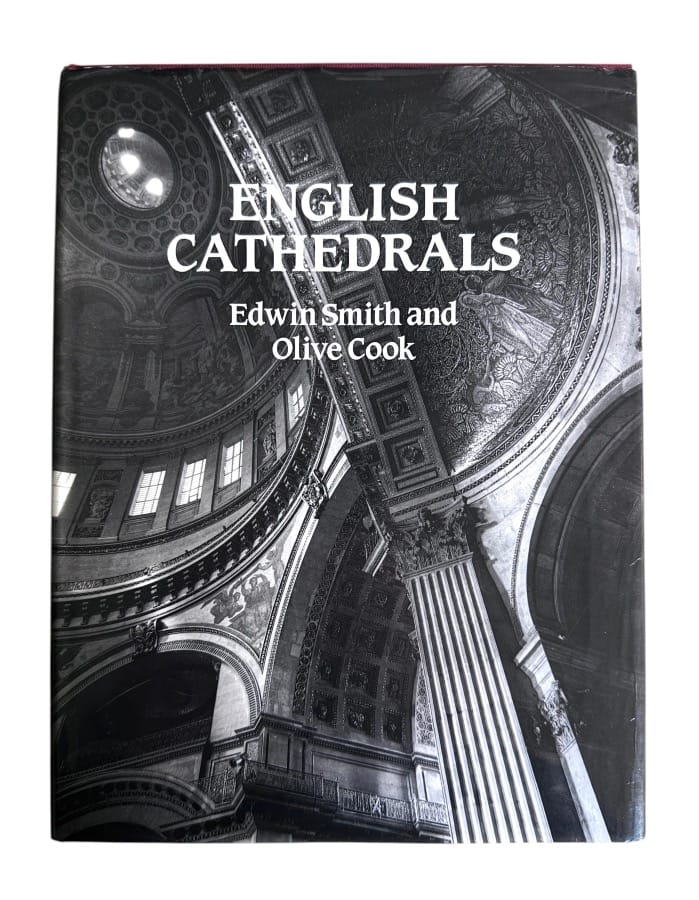
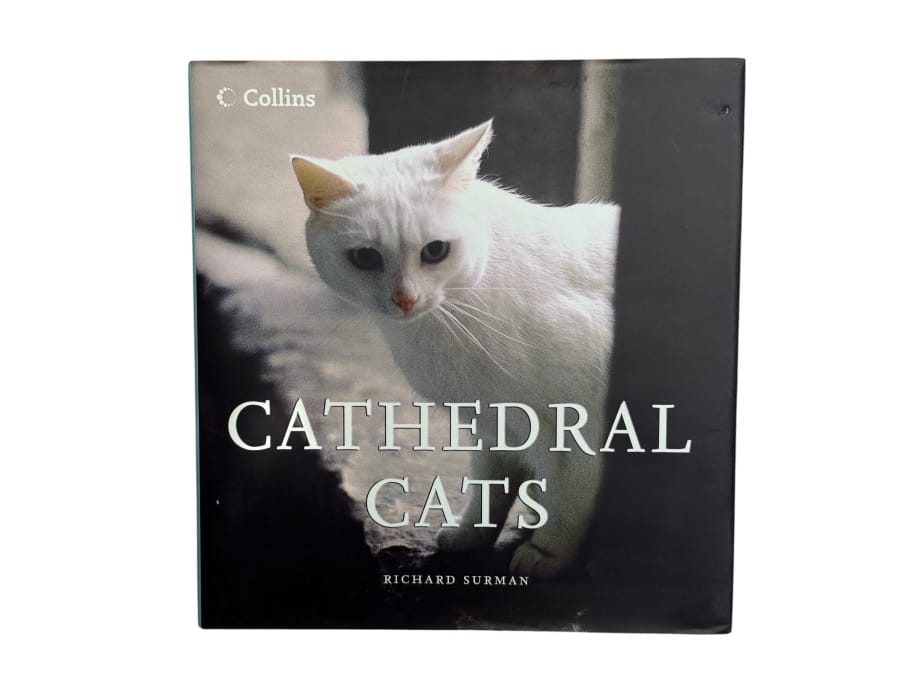
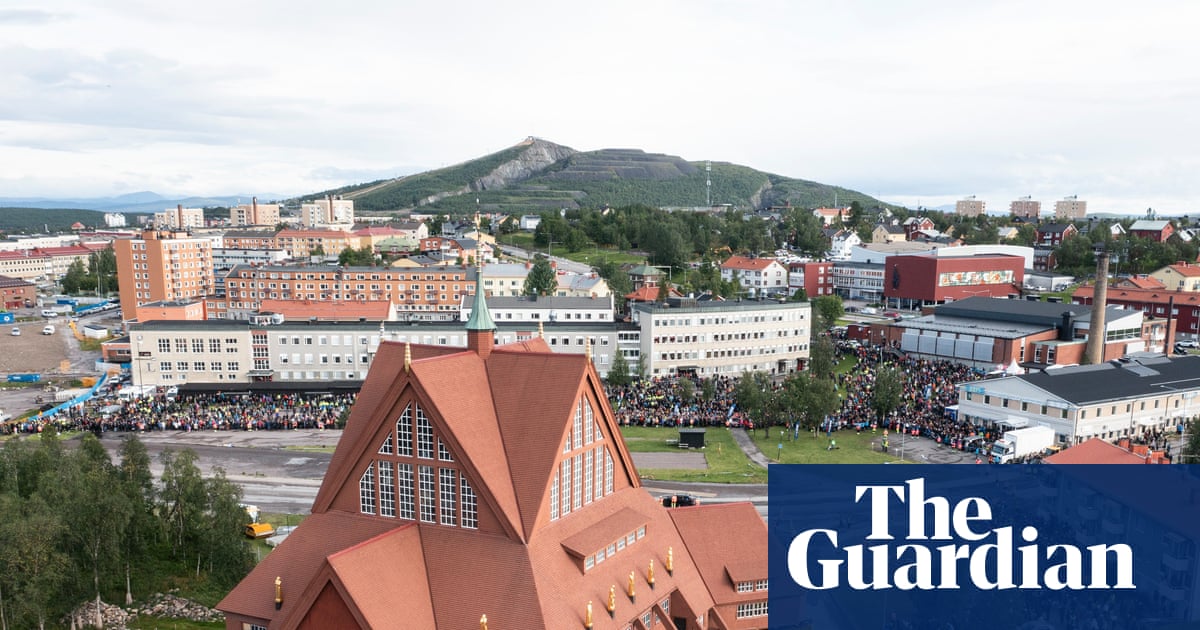
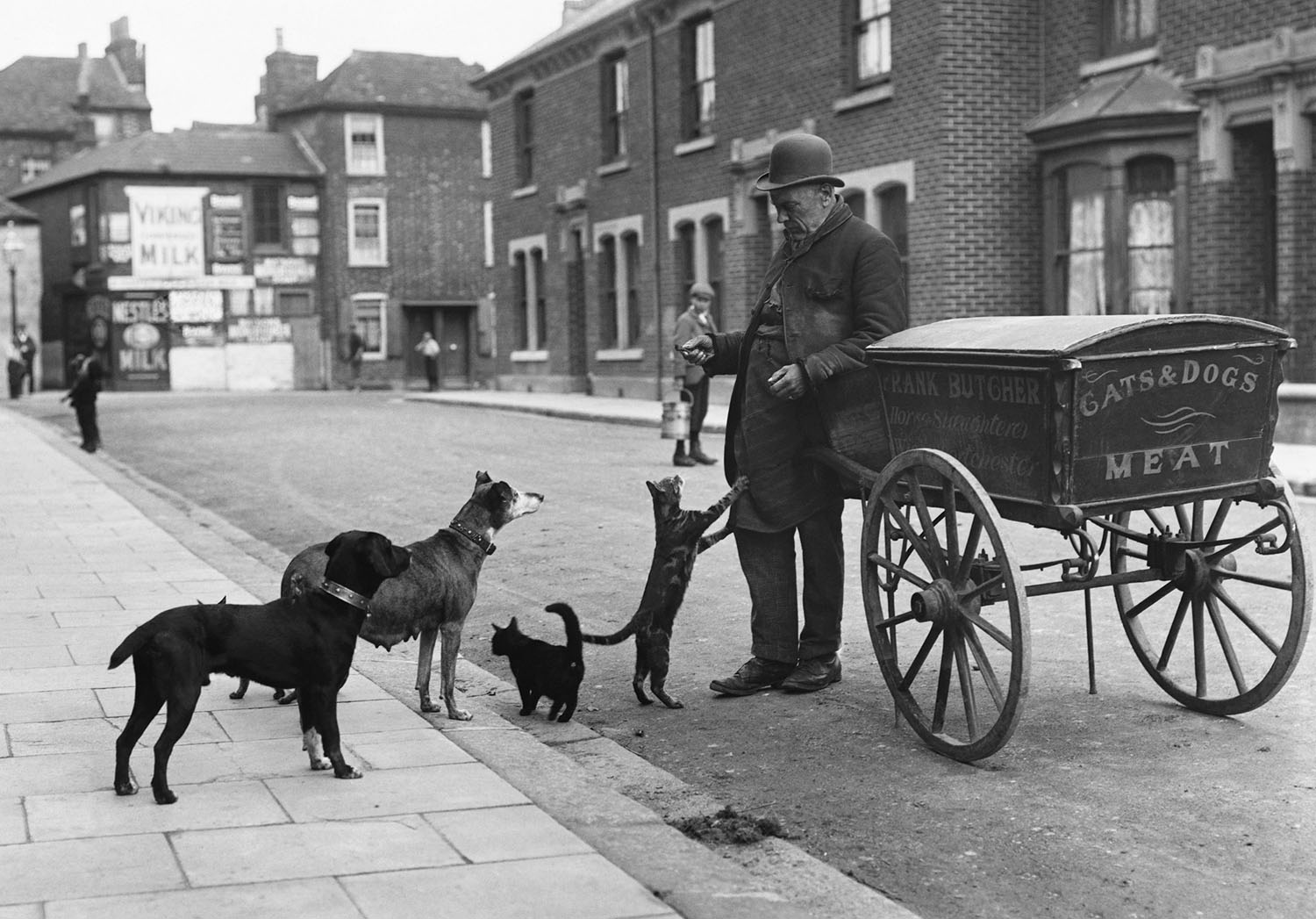
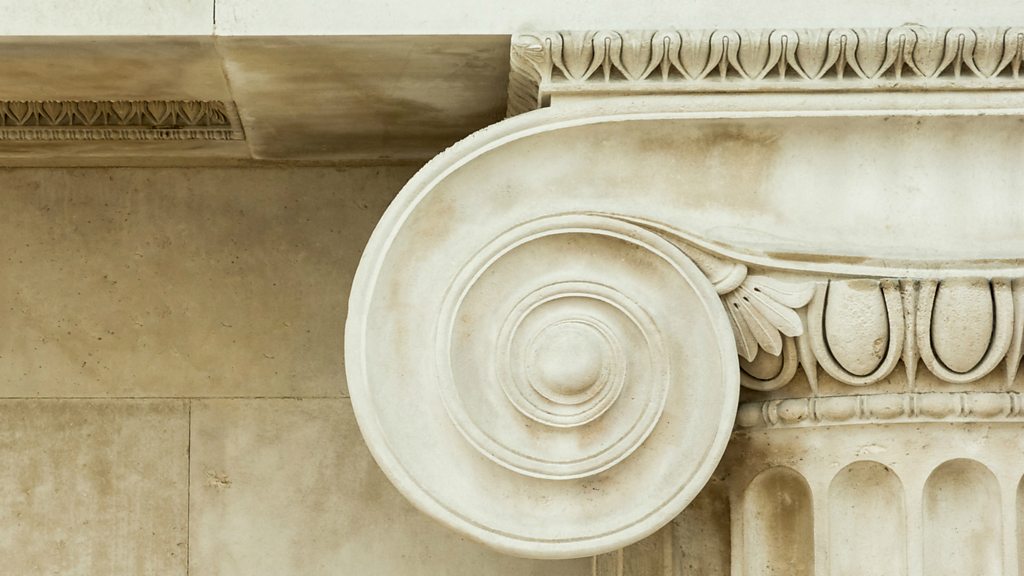
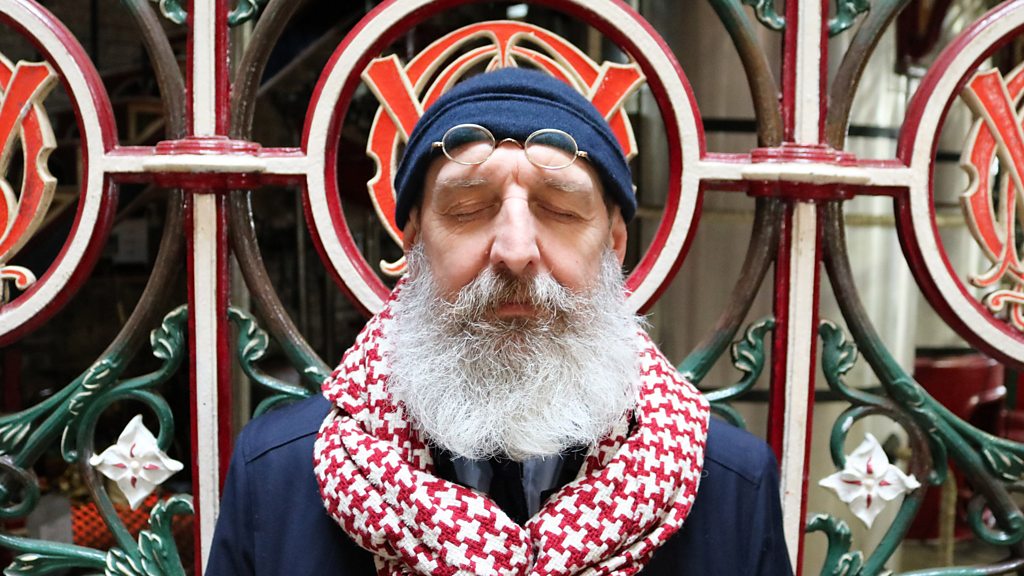
Finish your Summer with a bit of time travel:
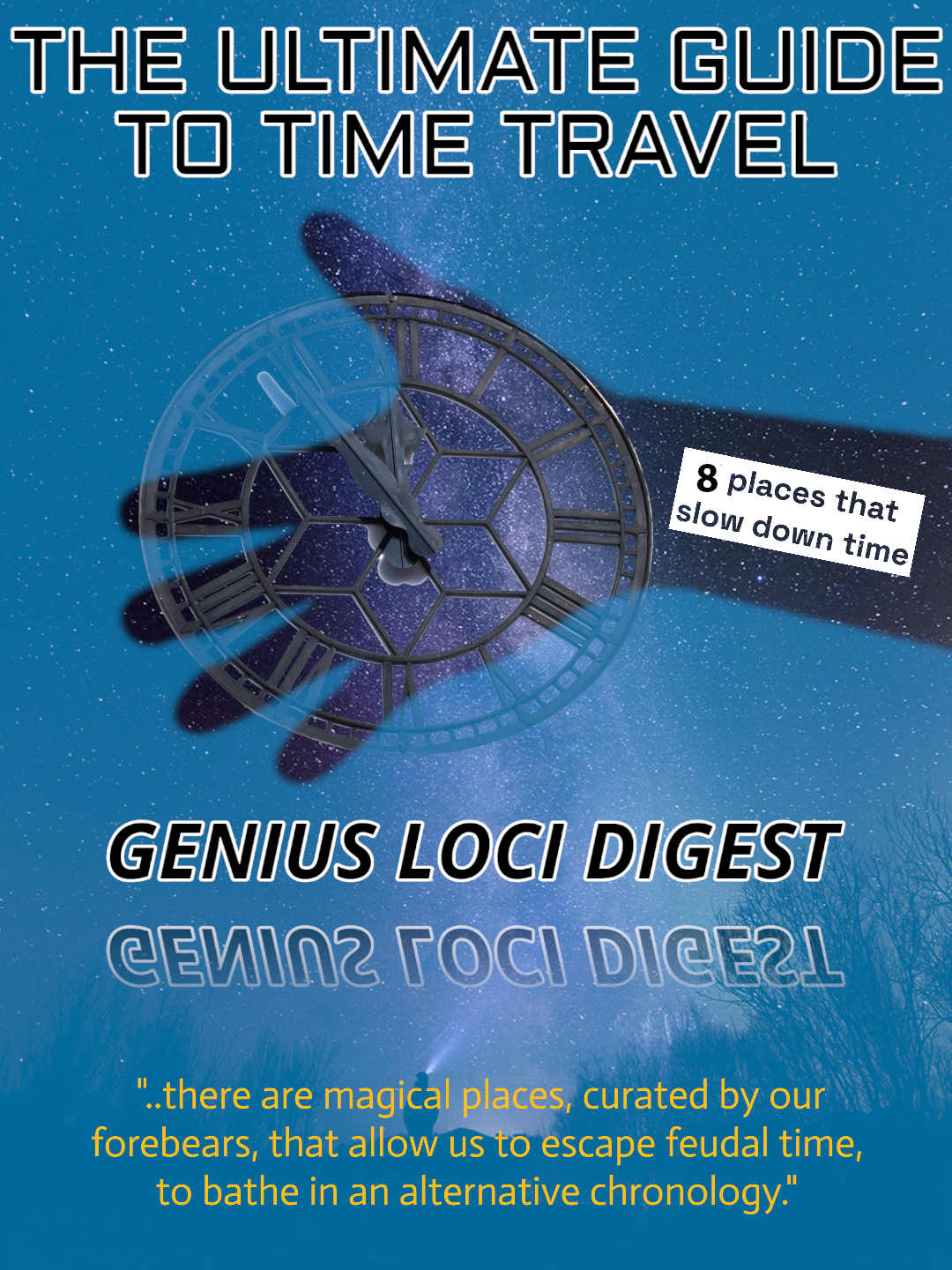
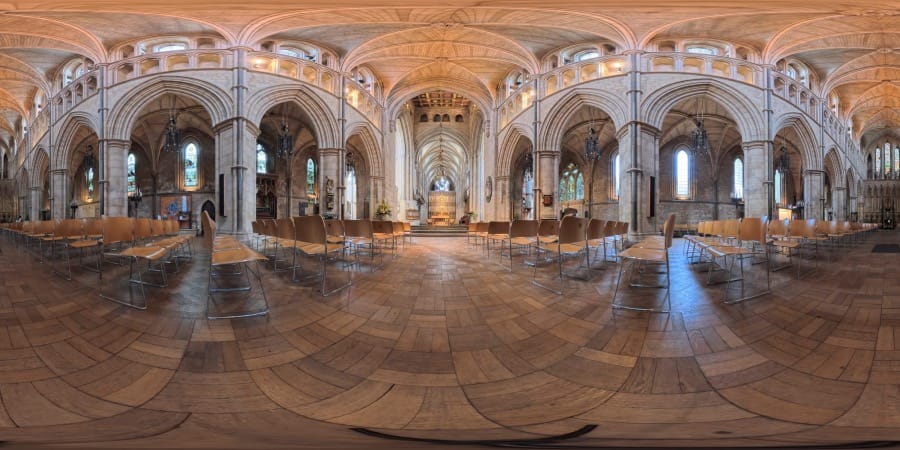
For Members - Southwark Cathedral Nave and Chancel in glorious VR
Viewable on any device
Click to View
Member's Supplement: Hidden Gem The George Inn, Southwark
The only surviving galleried London coaching house
Click to View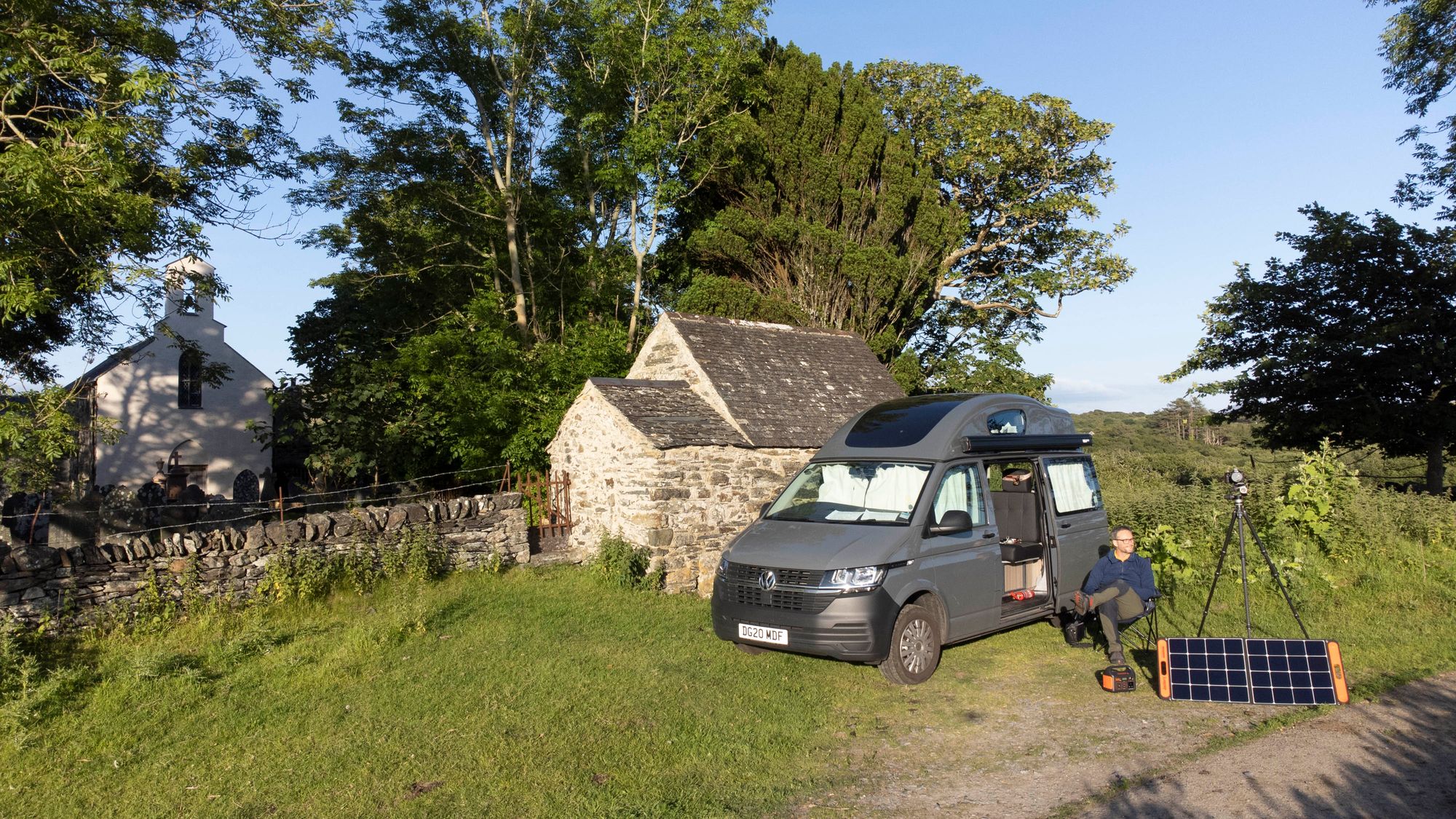
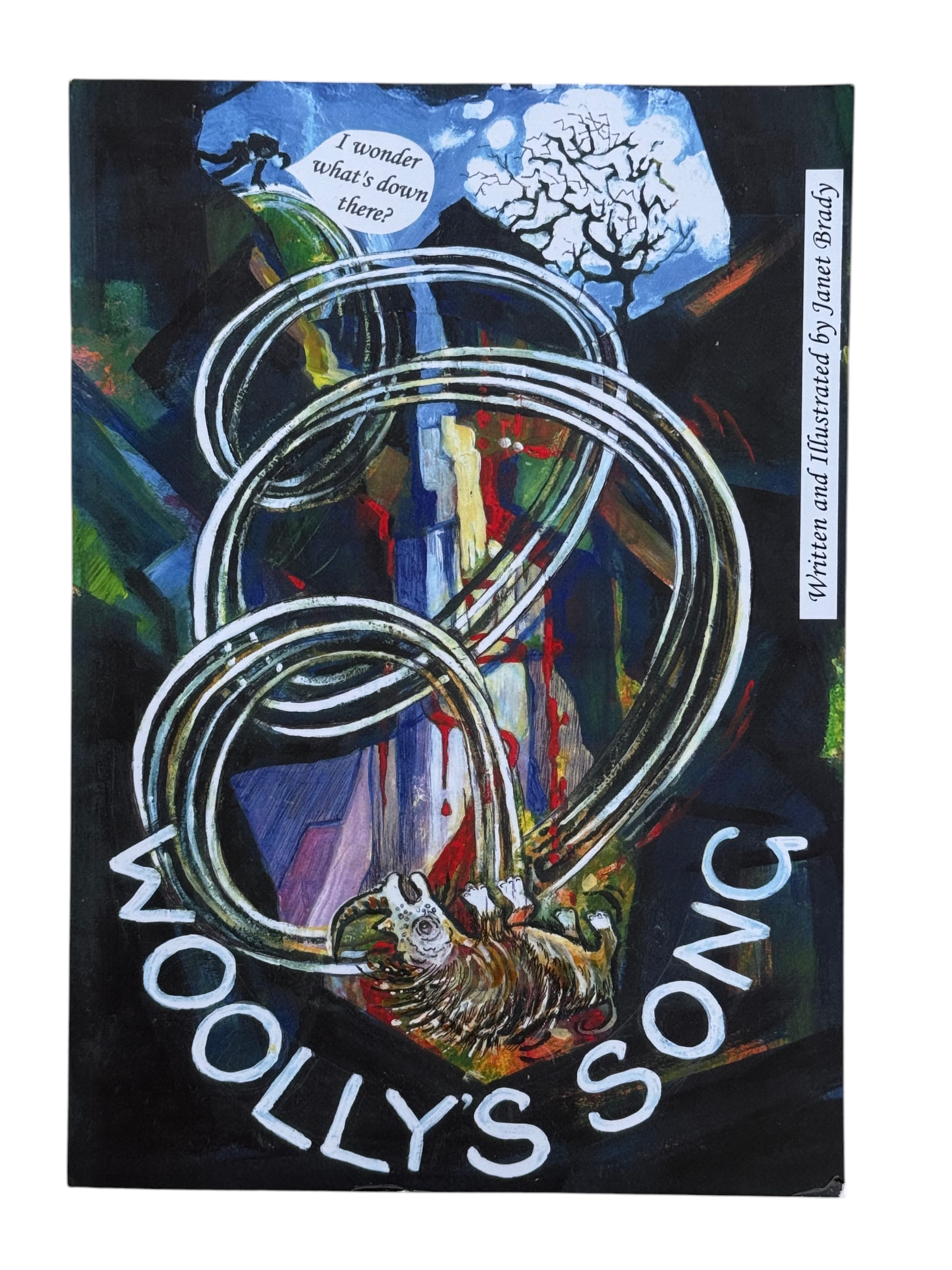
I'd like to give a shout out to artist and writer Janet Brady who has recently published a children's book based upon a remarkable find in Wirksworth - a place that the Digest has visited previously.
Janet has been a friend and inspiration with my own art journey. I'm really pleased to be able to share the news about her book below:
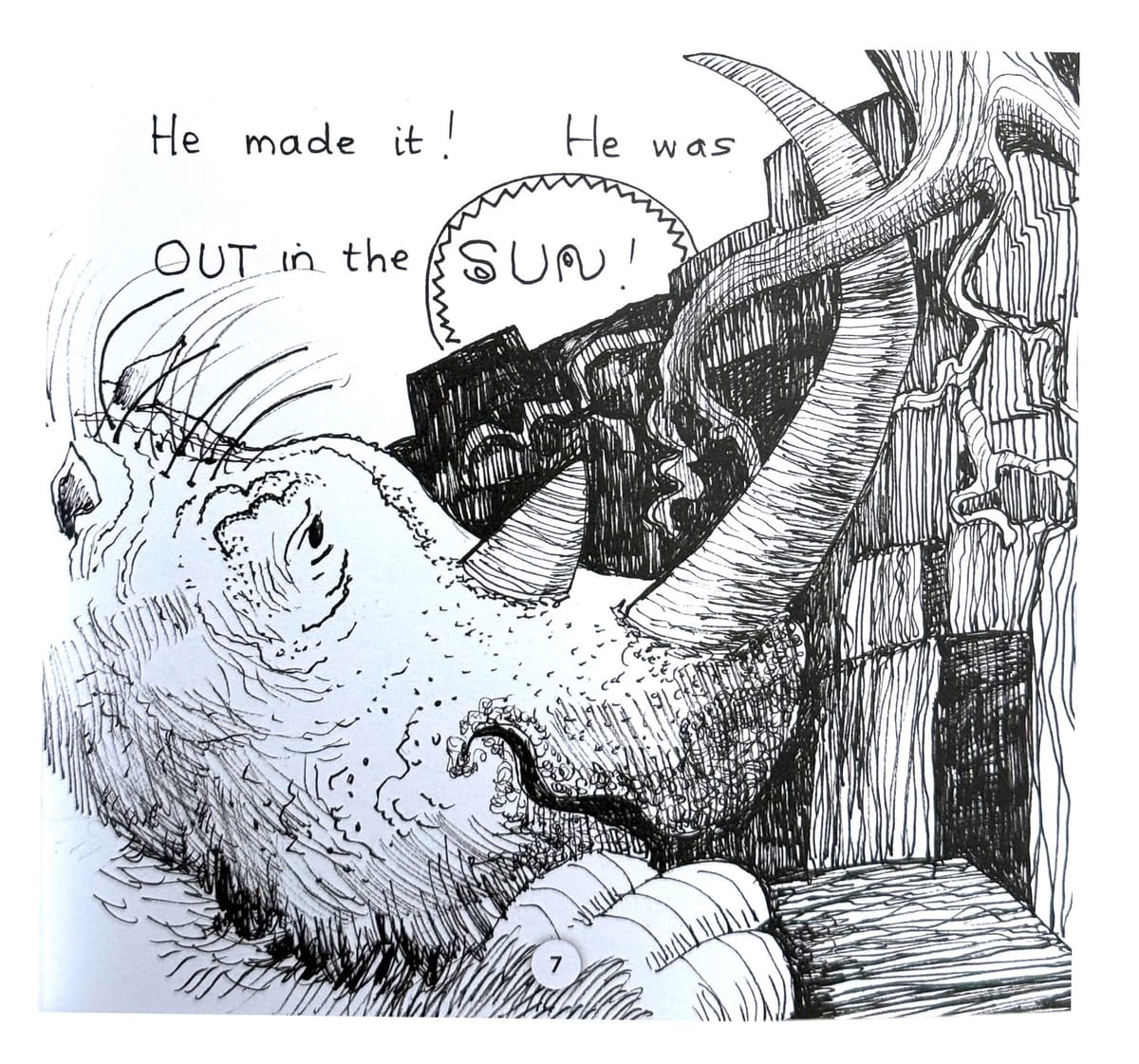
Kind words from a subscriber:
Andy your work is becoming wonderful, remarkable. A so-called breakdown has been milled into its constituent parts, becoming profound construction: through perception, architecture, the lens and the pen. In your Repton crypt essay a deep description of our social anxiety - and our reason to be....
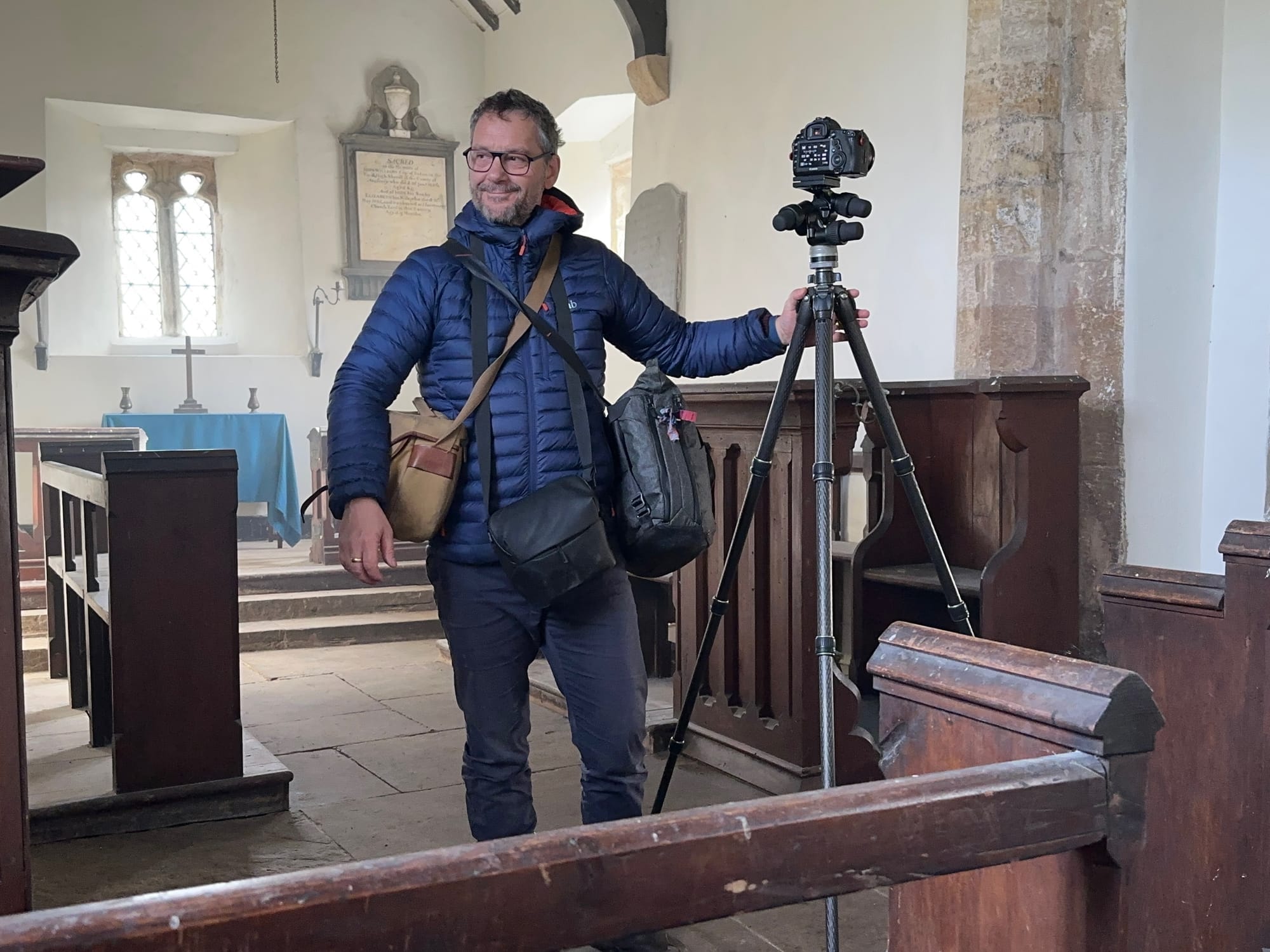
Make a Donation:

Purchase Art:
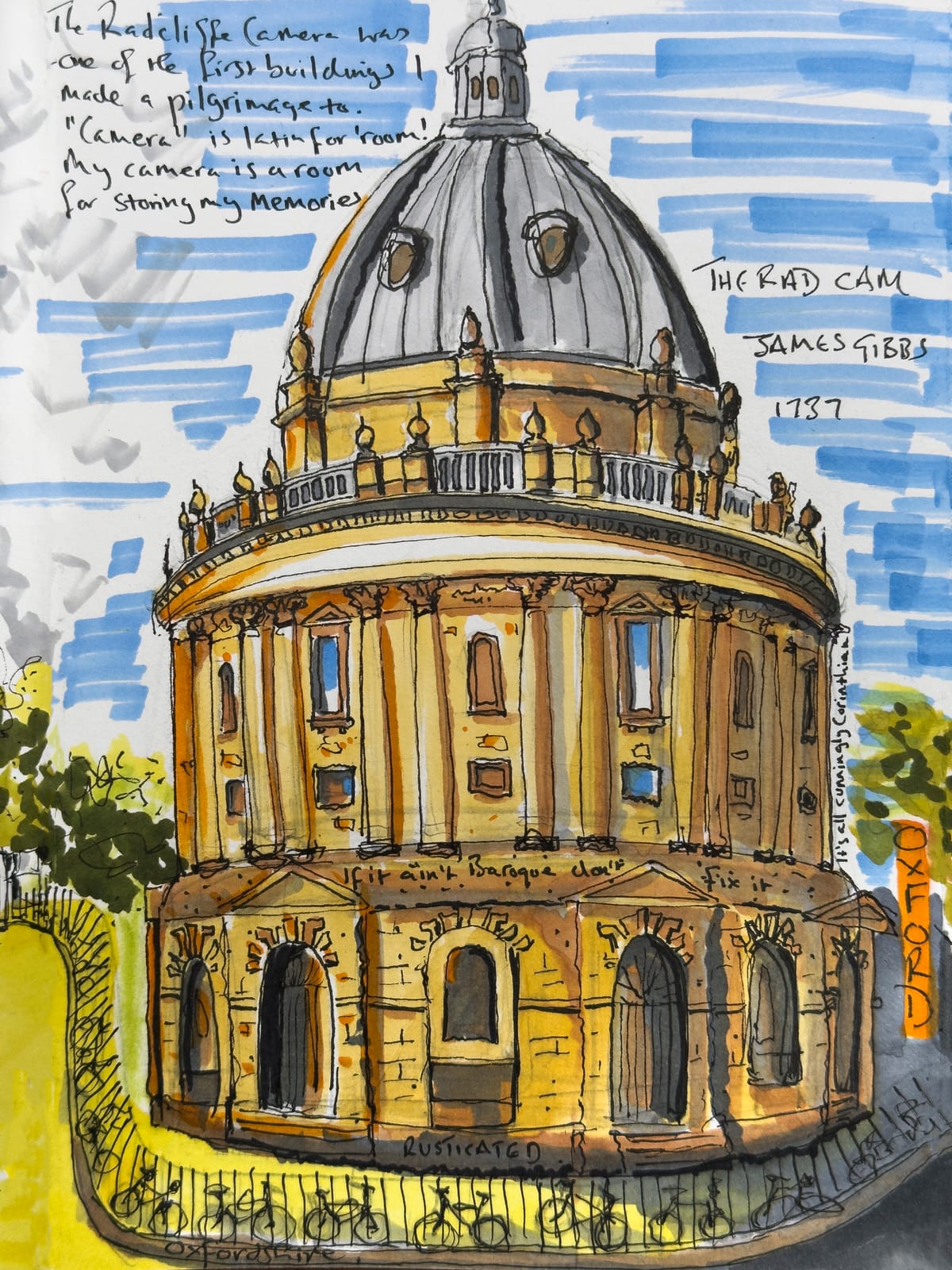
Companies can sponsor me too - more here:
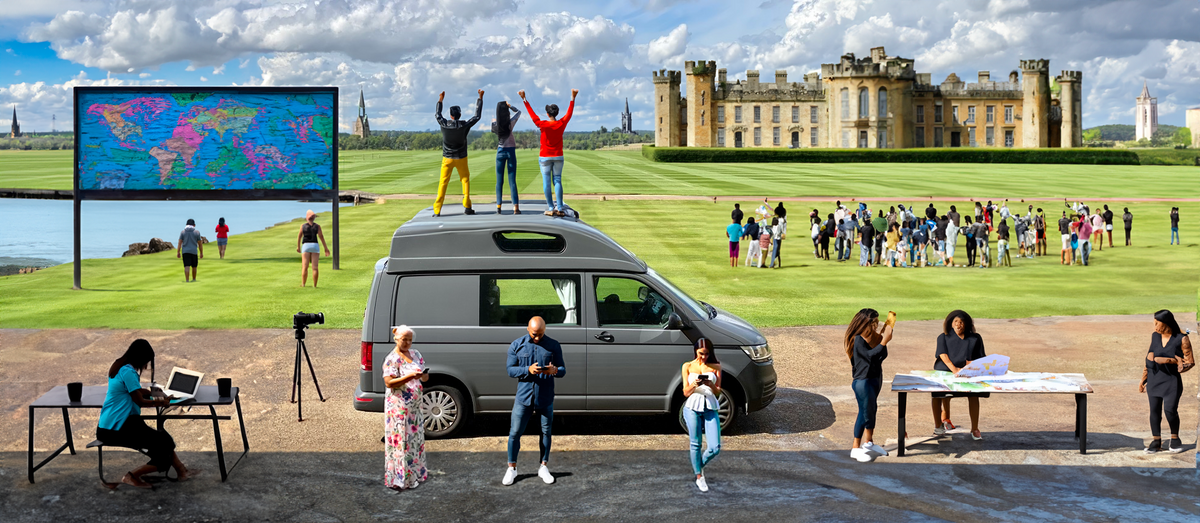
Kind words from Bluesky:

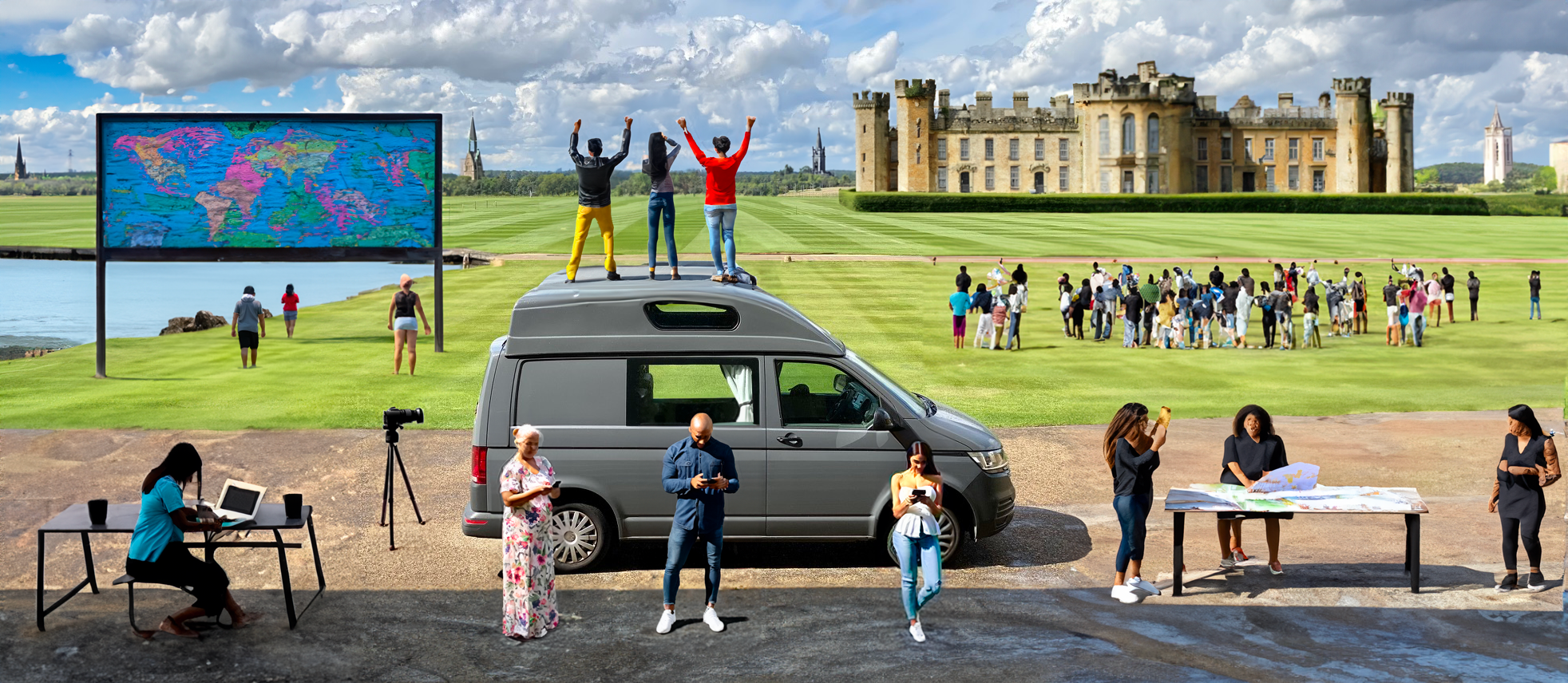
Thank You!
Photographs and words by Andy Marshall (unless otherwise stated). Most photographs are taken with Iphone 16 Pro and DJI Mini 3 Pro.
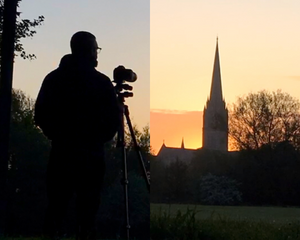
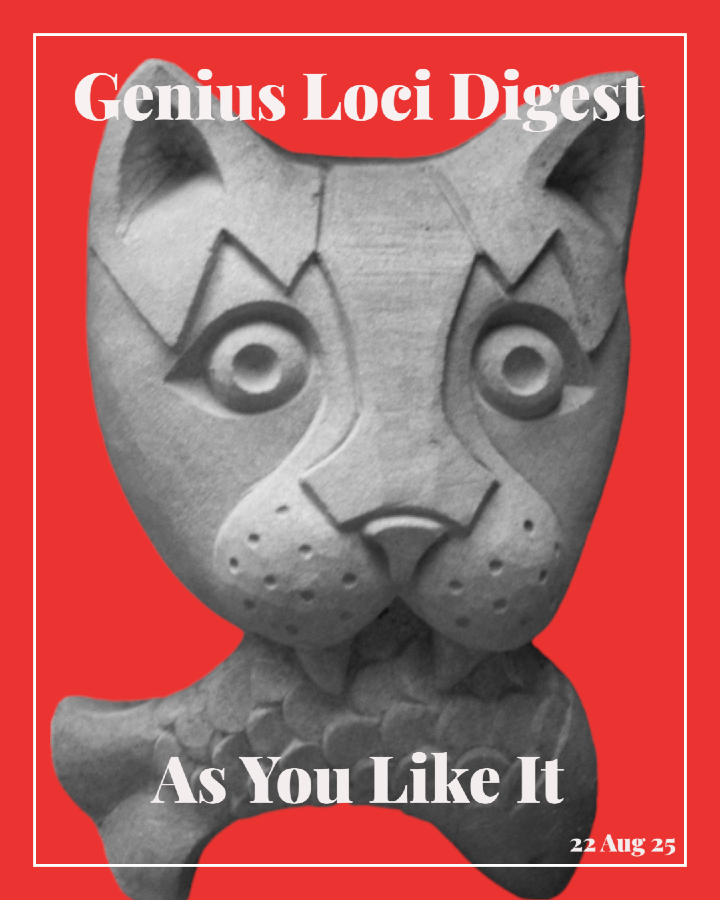


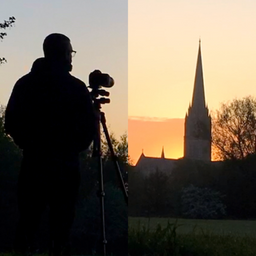




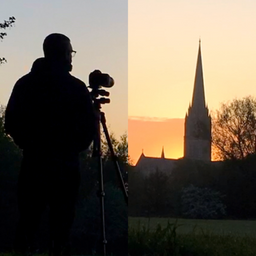
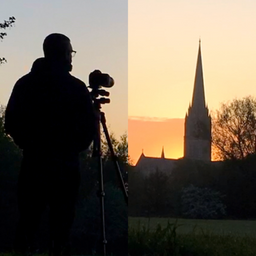
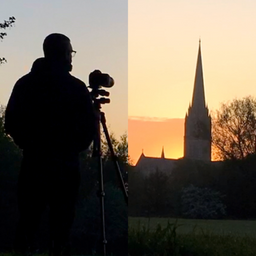
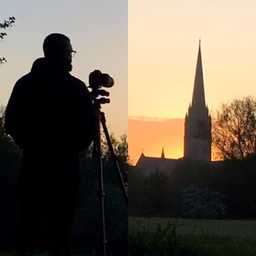
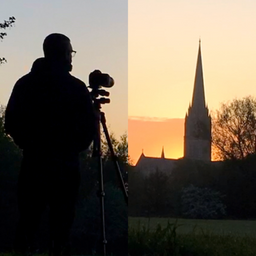


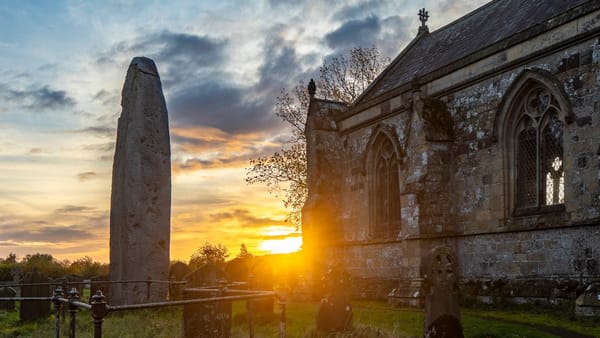
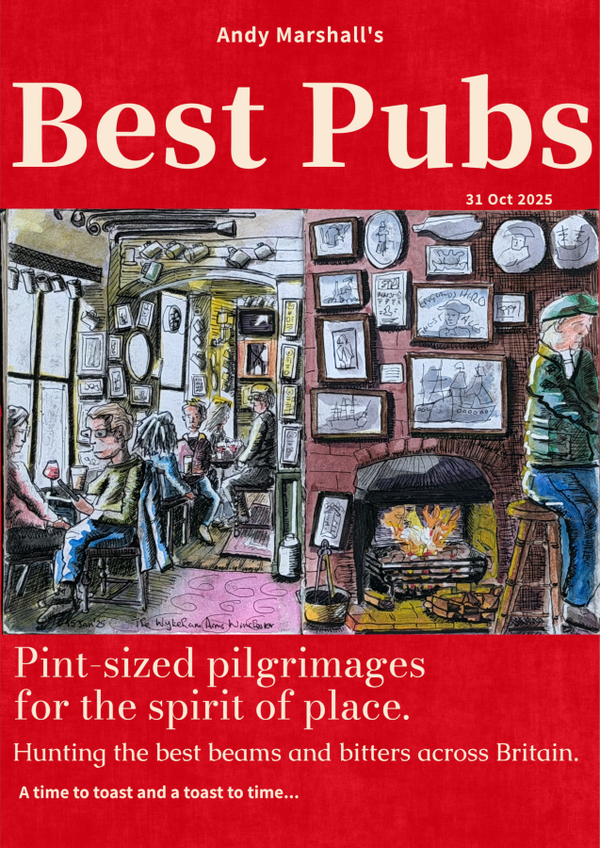
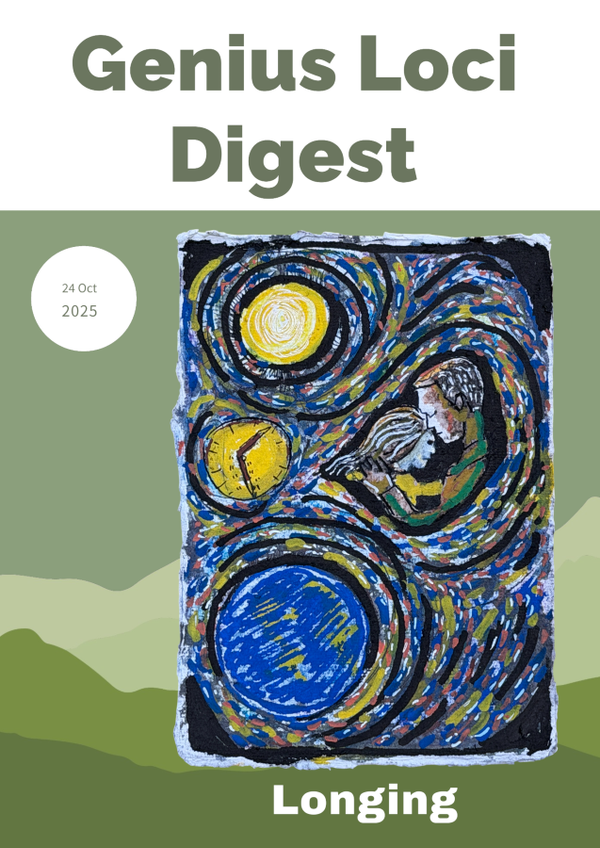
Member discussion